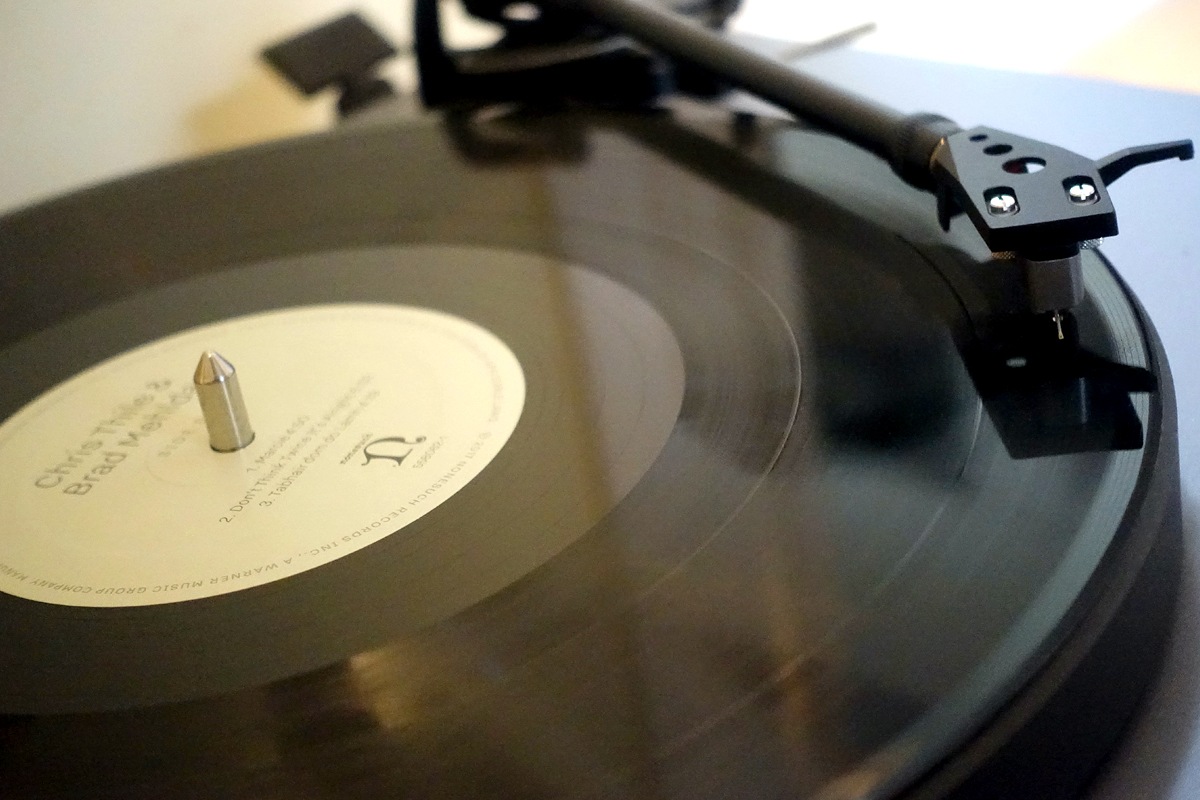
Cambridge Audio Alva TT V2 Turntable
- Written by: Gordon Brockhouse
In early May, a curious factoid popped up in my news feed. According to a 2023 study by Los Angeles–based Luminate, a sales analysis company that specializes in entertainment and media, only half of those who bought vinyl records during the previous year actually owned a turntable. Weird!

Lakeside Streaming—Network Entertainment at a Vacation Home
- Written by: Gordon Brockhouse
Among my better half’s innumerable gifts is an acute nose for real estate. I experienced this firsthand seven years ago, when we were enjoying a two-week holiday in Southampton, Ontario—a funky little Canadian beach town on Lake Huron. In addition to its lovely beaches, Southampton has some excellent restaurants, good shopping, an interesting history, and glorious sunsets.
Read more: Lakeside Streaming—Network Entertainment at a Vacation Home
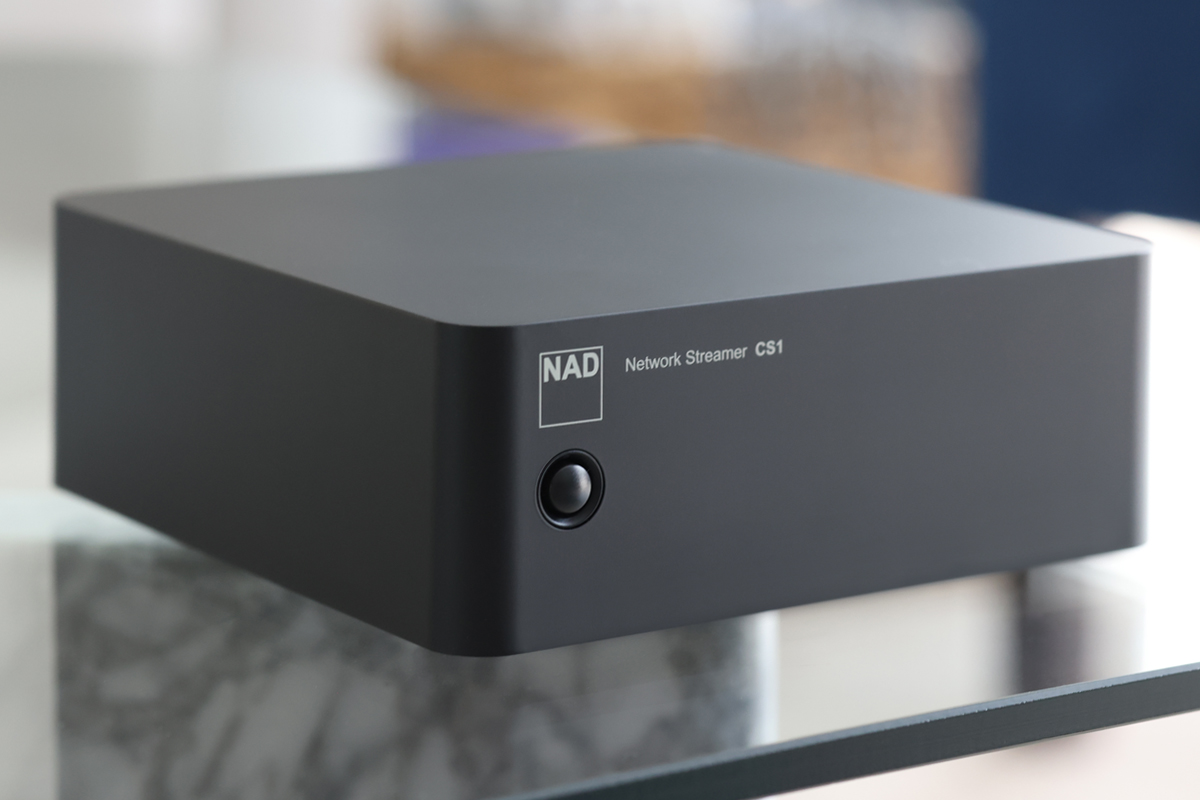
NAD CS1 Network Music Player
- Written by: Gordon Brockhouse
When I told SoundStage! Network founder Doug Schneider about the NAD CS1, he asked a simple question: “Who’s this product for?” Lots of people, I responded. My brother, Ian, and his wife, Roberta. My sister-in-law, Petrea, and her husband, Paul. And a whole bunch of other folks. Priced at $349 (all prices in USD), the CS1 is aimed at listeners who want to stream music from their smart devices to a sound system that lacks network connectivity—without having to install special apps.
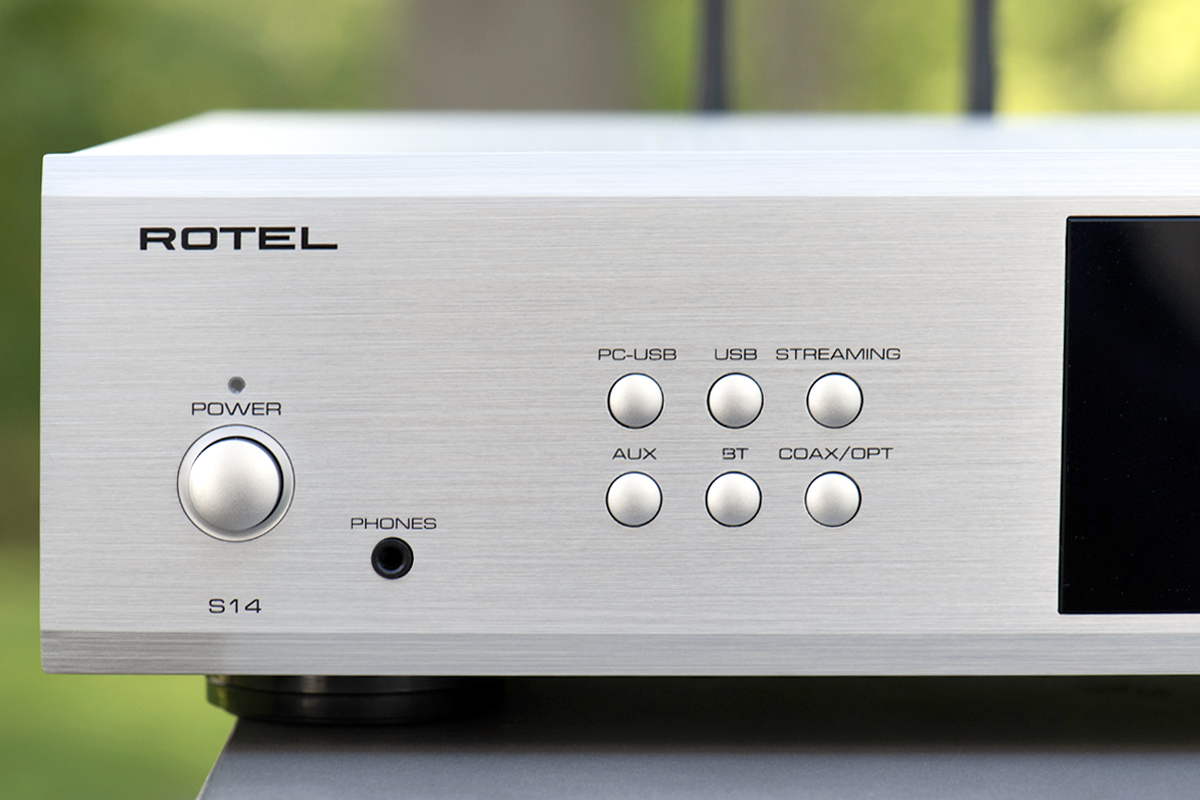
Rotel S14 Streaming Integrated Amplifier
- Written by: Dennis Burger
As I was taking a second pass through my rough draft of the intro for this review, it occurred to me that I was effectively aping the theme song for Cheers. It seems to me that the hardest part of making your way in today’s world of connected, streaming, networked, Bluetoothed, AirPlayed, Chromecasted audio—especially for a traditional hi-fi company—is figuring out how to spin what makes your thing different from any number of other things that do the same thing, not to mention how to compete with the Sonoses, BluOSes, and HEOSes of the world.

Streaming Update—Spring 2023
- Written by: Gordon Brockhouse
Making predictions is a risky business. You can look like a genius if things work out the way you say they will, or a doofus if they don’t. In my annual “State of Streaming” feature, which was published February 15 on Simplifi, I made four predictions: Spotify would finally launch its lossless music service; Apple would release its long-awaited classical-music app; Apple might introduce an enhanced version of AirPlay that supports hi-rez audio (and possibly spatial audio as well); and Tidal might make it easier for subscribers to listen to Atmos-encoded multichannel music. I was quite confident about the first two predictions, moderately confident about the third, and only mildly so for the last one.
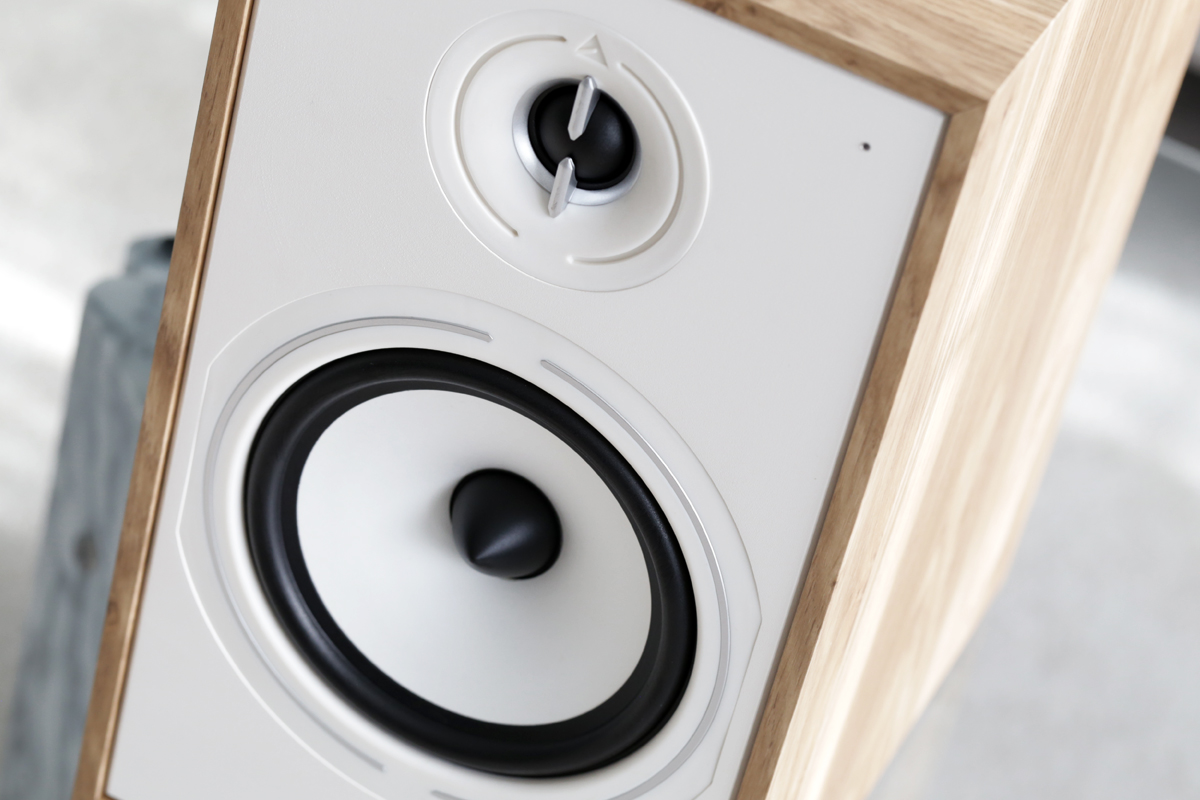
Triangle Borea BR03 BT Powered Loudspeaker System
- Written by: Gordon Brockhouse
 What would you expect to pay for a 60Wpc class-D amplifier with a built-in phono stage and Bluetooth receiver? $400? $500? $600? How about $170? That’s the difference in price between a pair of Triangle’s Borea BR03 standmount speakers, which were enthusiastically reviewed by Diego Estan on SoundStage! Access in May 2020, and the Borea BR03 BT, the subject of this review.
What would you expect to pay for a 60Wpc class-D amplifier with a built-in phono stage and Bluetooth receiver? $400? $500? $600? How about $170? That’s the difference in price between a pair of Triangle’s Borea BR03 standmount speakers, which were enthusiastically reviewed by Diego Estan on SoundStage! Access in May 2020, and the Borea BR03 BT, the subject of this review.
Read more: Triangle Borea BR03 BT Powered Loudspeaker System
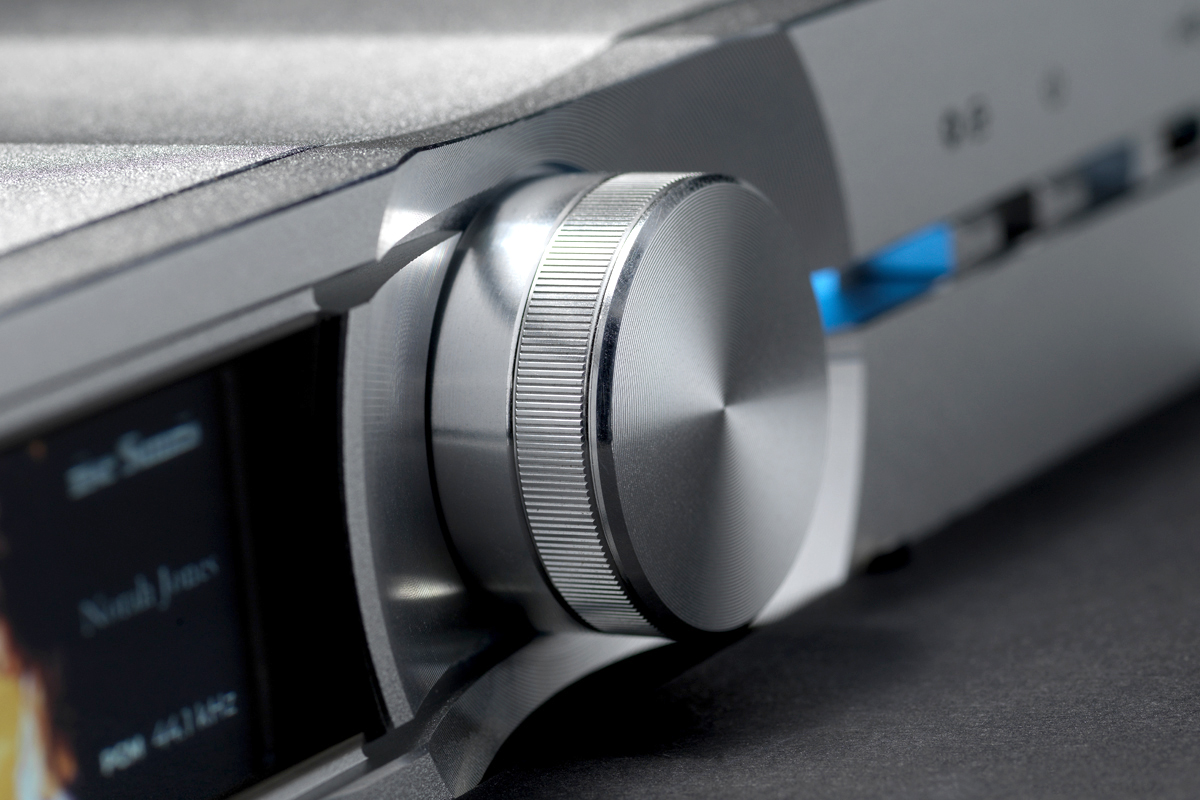
iFi Audio Neo Stream Streaming DAC-Preamplifier
- Written by: Dennis Burger
When I’m reviewing a hi-fi product, I sometimes ask: “Why do you need to spend more?” More and more these days, iFi Audio is the brand that prompts my rhetorical question. If you’re looking for a good DAC, why would you need to spend more than you’d pay for the brand’s Zen One Signature ($349, all prices in USD)? If you’re simply looking to add audiophile-quality Bluetooth reception to a system that lacks it and you don’t need crazy range or digital outputs, why would you spend a dime more than the cost of the Zen Air Blue? And if you’re looking for a good music streamer that supports everything from Roon and AirPlay to network-attached storage and connected solid-state drives—assuming you don’t mind a few operational quirks—what could you want that the $399 Zen Stream (reviewed last year by Gordon Brockhouse) doesn’t offer? Mind you, I’m not saying there aren’t valid answers to these questions. In fact, in many respects, the Neo Stream network audio streamer ($1299) seems to be iFi’s own answer to that last one.
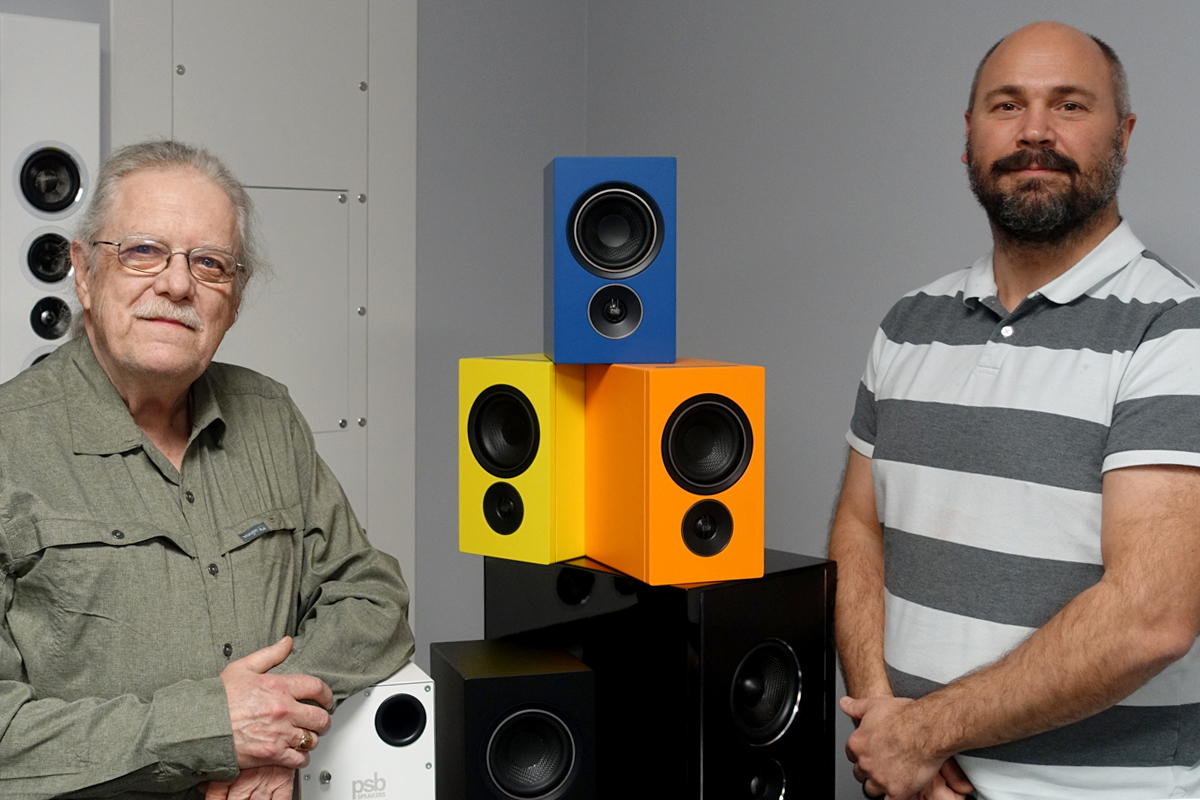
Active Voices: An Interview with Paul Barton and Rob Nicholls of PSB Speakers
- Written by: Gordon Brockhouse
Canada’s PSB Speakers was founded in 1972 by Paul Barton. PSB celebrated its 50th anniversary on July 1 (Canada Day) last year with the release of the Passif 50 ($2499/pair, all prices in USD): a retro-inspired design that evokes PSB’s Passif I and Passif II models from the 1970s.
Read more: Active Voices: An Interview with Paul Barton and Rob Nicholls of PSB Speakers
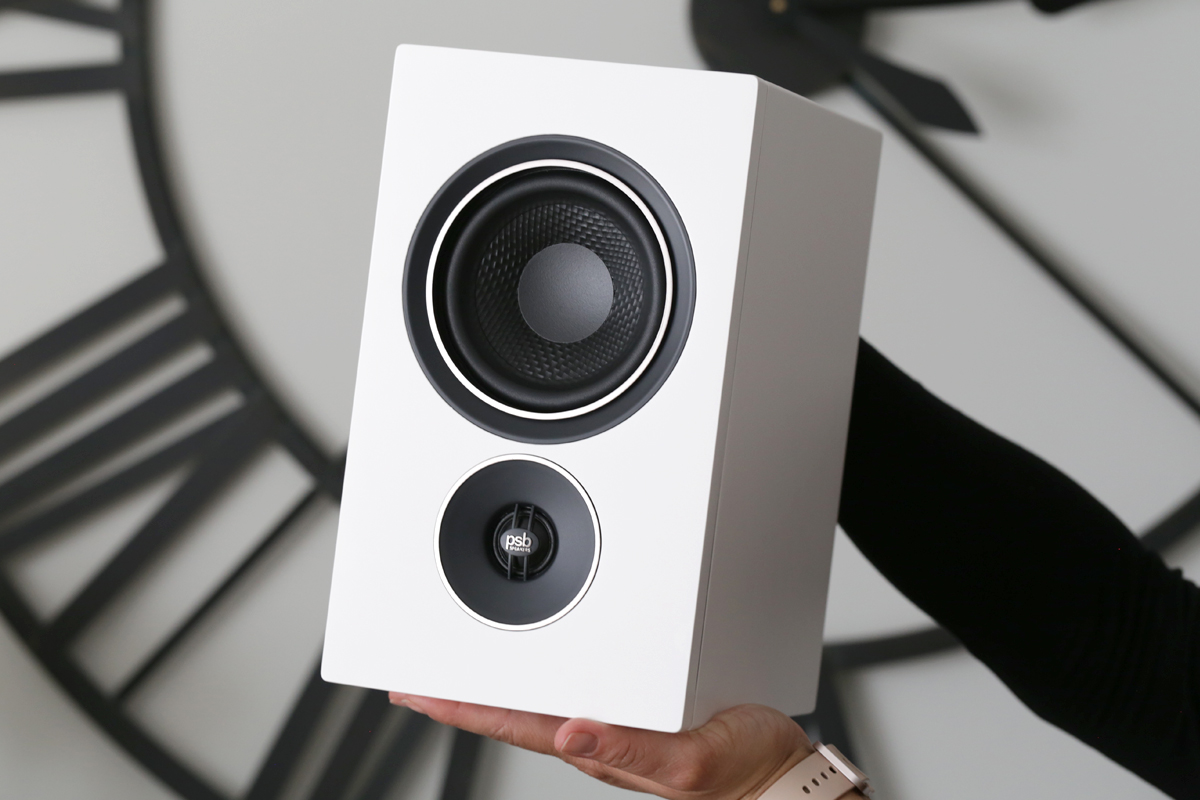
PSB Alpha iQ Streaming Active Loudspeaker System
- Written by: Gordon Brockhouse
 In audio, as in other pursuits, looks are often deceiving. A case in point is PSB’s new Alpha iQ active loudspeaker system. Priced at $1499 (all prices in USD except where noted), the Alpha iQ looks a lot like PSB’s Alpha AM3 powered speaker system, which costs only $549. The Alpha iQ and Alpha AM3 even have the same driver complement for each speaker: a 4″ polypropylene midrange-woofer with a rubber surround and steel basket, mounted above a 0.75″ ferrofluid-damped, aluminum-dome tweeter with neodymium magnet.
In audio, as in other pursuits, looks are often deceiving. A case in point is PSB’s new Alpha iQ active loudspeaker system. Priced at $1499 (all prices in USD except where noted), the Alpha iQ looks a lot like PSB’s Alpha AM3 powered speaker system, which costs only $549. The Alpha iQ and Alpha AM3 even have the same driver complement for each speaker: a 4″ polypropylene midrange-woofer with a rubber surround and steel basket, mounted above a 0.75″ ferrofluid-damped, aluminum-dome tweeter with neodymium magnet.
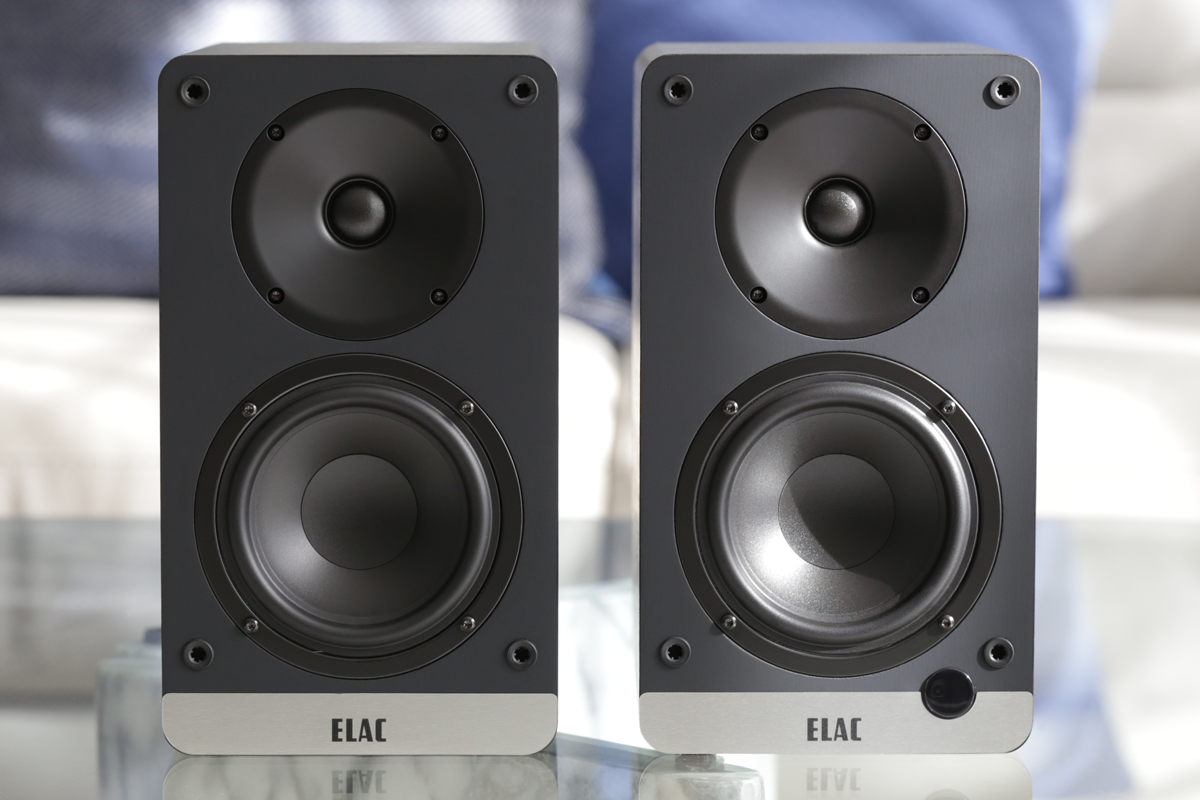
Elac Debut ConneX DCB41 Powered Loudspeaker System
- Written by: Gordon Brockhouse
Since COVID-19 arrived in North America three years ago, I’ve been to exactly two audio shows, both in my home city: the 2021 and 2022 editions of the Toronto Audiofest. Fellow SoundStagers Doug Schneider and Jason Thorpe also attended TAF 2022, and as Doug outlined in his show report on SoundStage!Global, they came upon some pretty exotic gear at the show.
Read more: Elac Debut ConneX DCB41 Powered Loudspeaker System
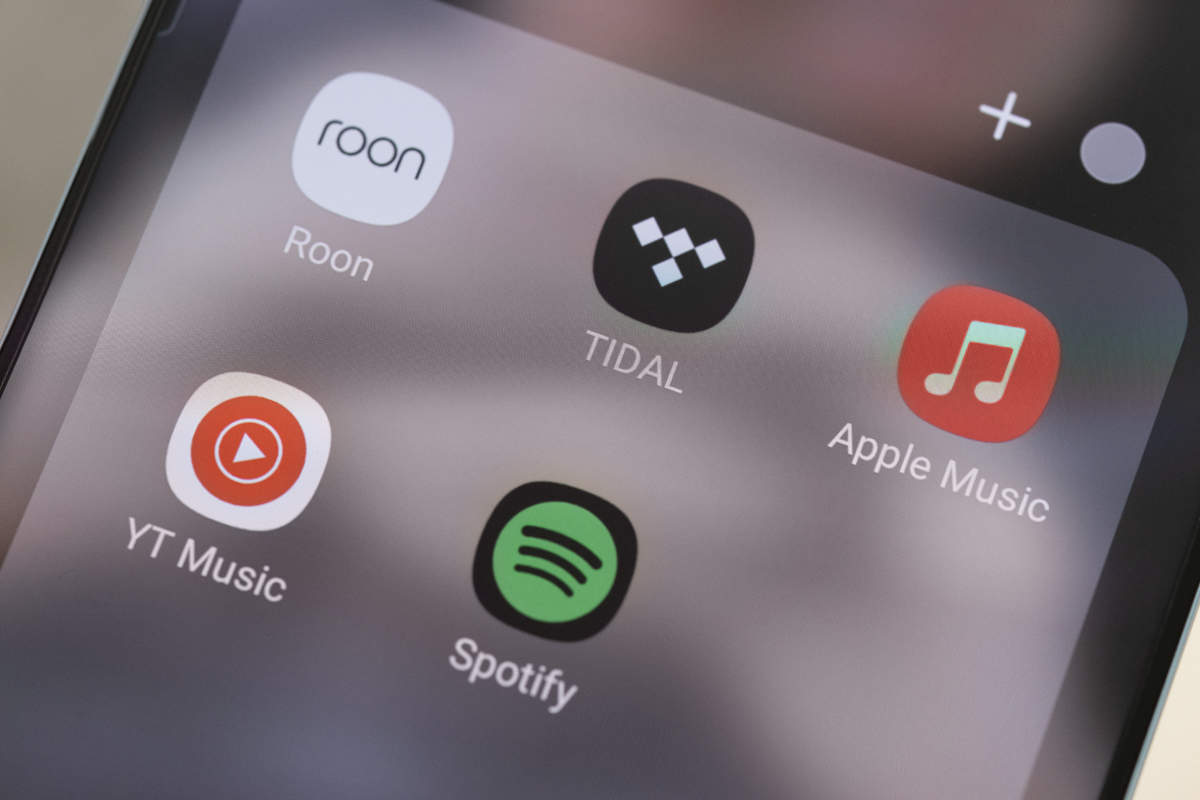
The State of Streaming—2023
- Written by: Gordon Brockhouse
Typically, articles predicting developments for the coming year come out in early January, or even late December. But here we are, two weeks into February, and Simplifi finally has a feature outlining what we can expect from music streaming in 2023. Do I feel badly about this delay? Not in the least. Because when it comes to lateness, I have nothing on Spotify and Apple Music. Those streaming giants have both missed self-imposed deadlines by well over a year. With that excuse out of the way, here are three streaming stories I’ll be watching in 2023.
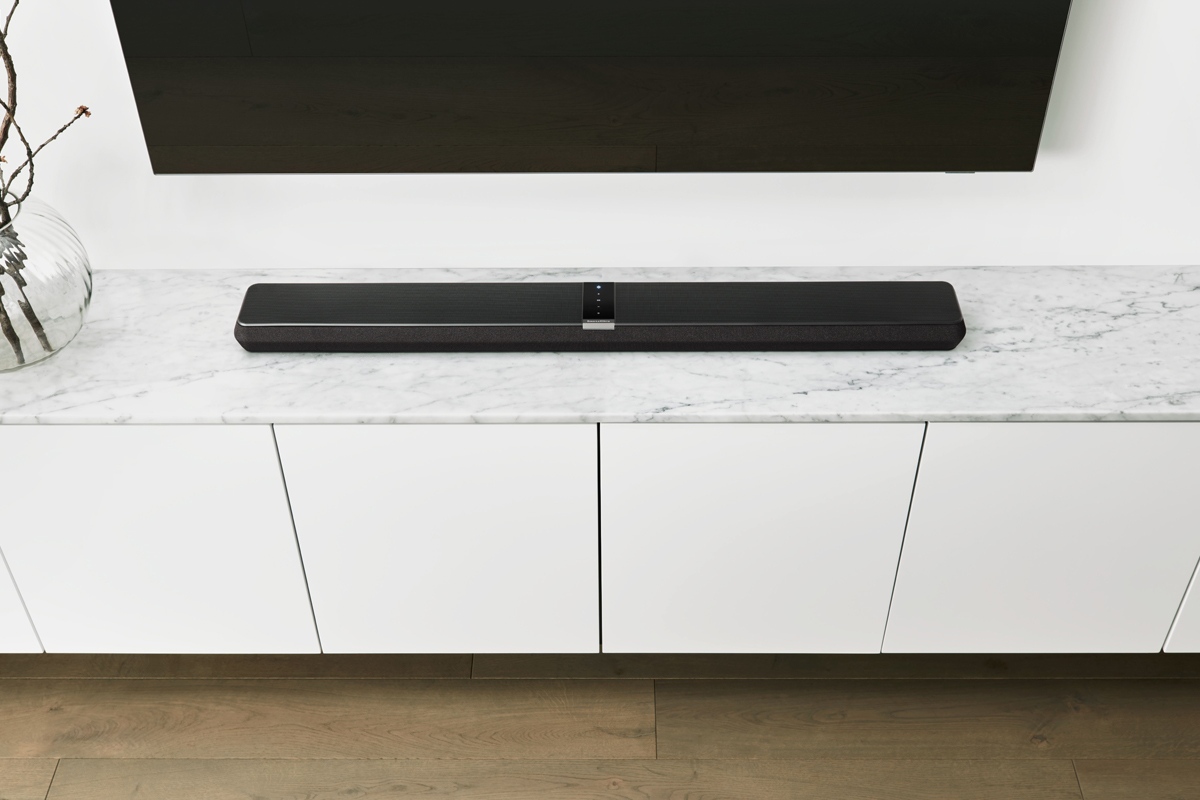
Bowers & Wilkins Panorama 3 Soundbar
- Written by: Gordon Brockhouse
To purists and zealots, compromise is a dirty word; but for most of us, compromising is how we get along in life. This is as true of audio as any other pursuit. We can daydream about our ultimate systems, but we have to reconcile those dreams with reality—with our budgets, our living spaces, and the people who share those spaces.
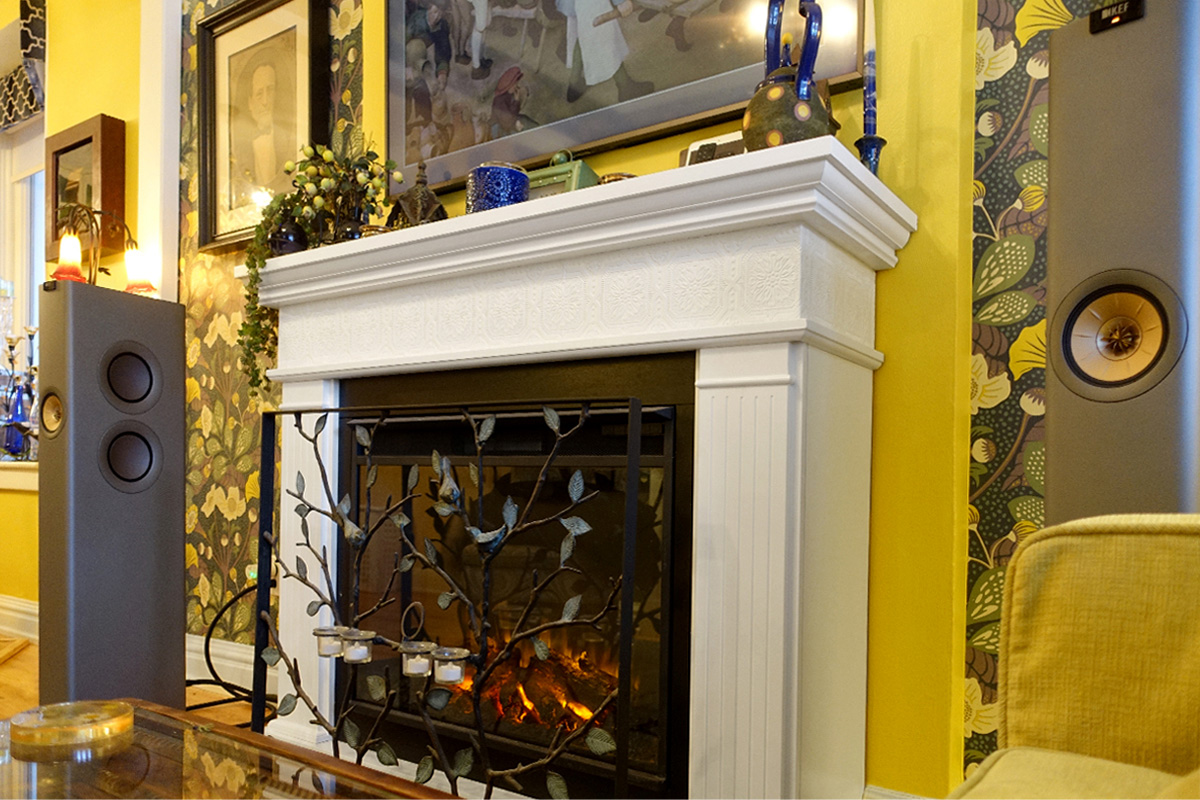
Gordon's System, Re-Simplifi'd
- Written by: Gordon Brockhouse
Sometime last spring, it became clear to me that I’d be upgrading my hi-fi setup before the year was out. Not that I was dissatisfied with the gear I already owned—quite the contrary. I loved listening to that system, which comprised an NAD C 658 streaming DAC-preamp ($1999, all prices in USD), a pair of Elac Navis ARF-51 active floorstanding speakers ($3999.96/pair), and an SVS Micro 3000 subwoofer ($899.99). That system has provided countless hours of listening pleasure for me, my music-loving missus, and visitors to our home.
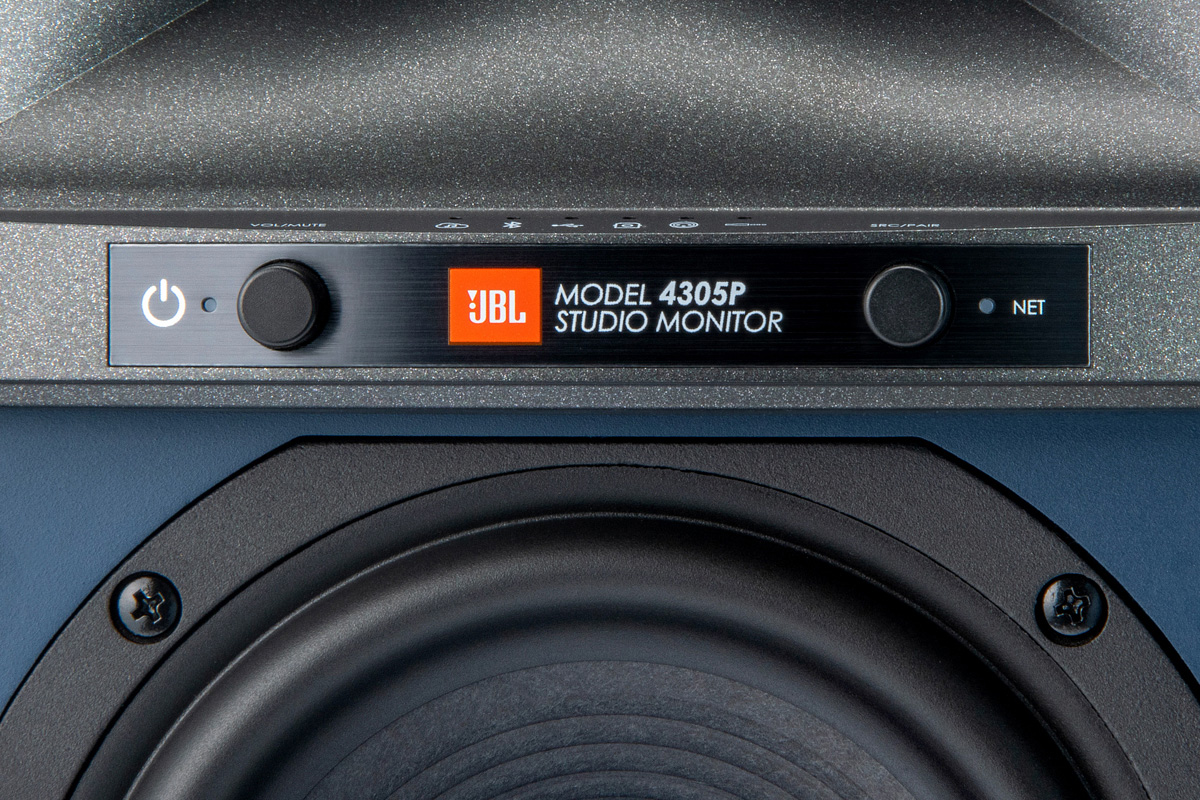
JBL 4305P Active Loudspeaker System
- Written by: Gordon Brockhouse
Inspired by a SoundStage! Audiophile Podcast episode, I posed a rhetorical question in a Simplifi feature published a few months ago: “Is Component Hi-Fi Dead?” During that podcast episode, Brent Butterworth, senior editor of SoundStage! Solo, had asked if we really need amplifiers anymore, given the growing acceptance of powered and active speakers with built-in amplification. “Amps are never going to die,” Brent opined, “but are amps kind of dead?” Dennis Burger, senior editor of SoundStage! Access, replied: “I don’t know if they’re dead. I just think they are unnecessary.”
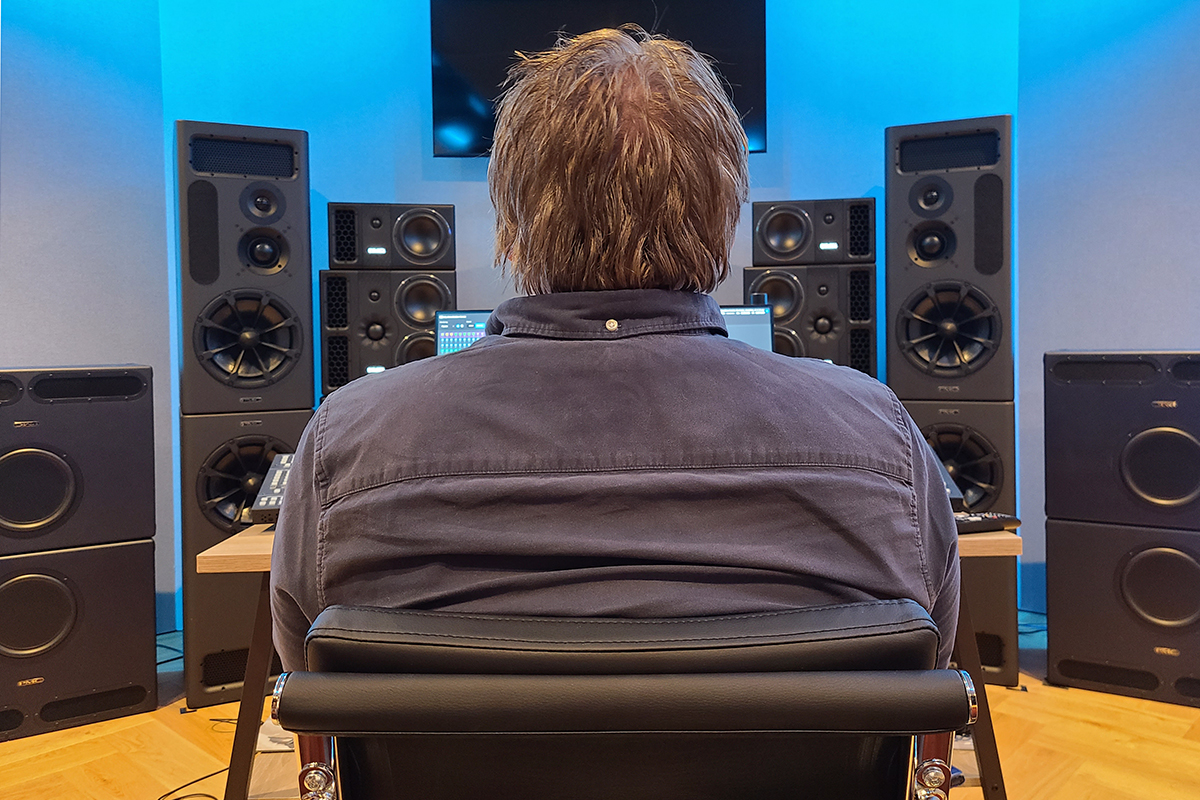
Mix Master: PMC's Heff Moraes on Making Music in Atmos
- Written by: Gordon Brockhouse
Since the 1970s, record labels and audio manufacturers have been trying to convince music lovers to move beyond two-channel stereo. Music doesn’t just happen in front of us, argue proponents of surround music; it happens all around us. We could get a better experience if we added speakers beside and/or behind the listening position.
Read more: Mix Master: PMC's Heff Moraes on Making Music in Atmos
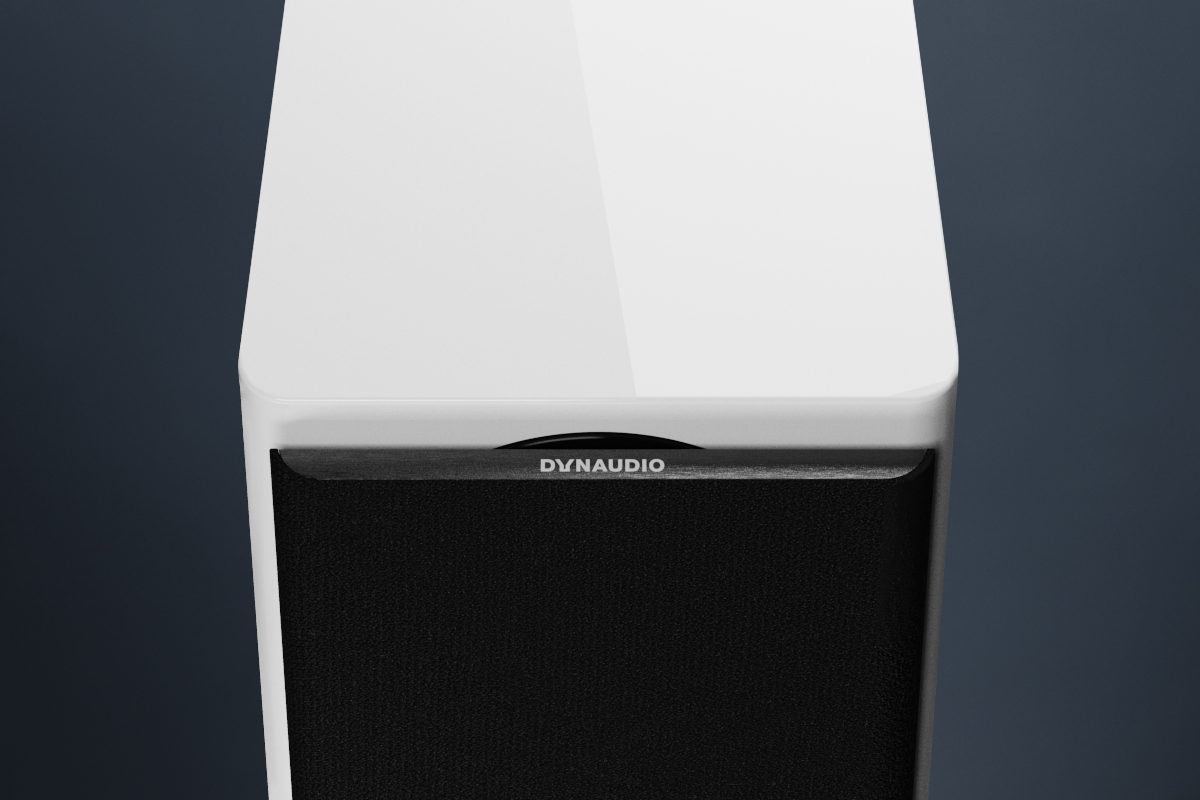
Dynaudio Focus 30 Active Loudspeaker System
- Written by: Gordon Brockhouse
 I’ve had a soft spot for Dynaudio for many years. For one thing, the Danish brand practically invented high-performance Simplifi’d hi-fi. When Dynaudio launched its Xeo range of active speakers in 2012, there were many excellent tabletop music systems on the market. But Dynaudio’s Xeo 3 standmount and Xeo 5 floorstanding speaker systems were different: they delivered real stereo from two discrete enclosures. Other than two-prong power inlets, the enclosures had no connectors of any kind. Instead, they received 16-bit/48kHz PCM audio from a companion wireless transmitter, which had mini-USB, optical (TosLink) S/PDIF, and line-level analog inputs (RCA and 3.5mm). The Xeo speaker systems made it possible to get serious stereo sound in multipurpose living spaces without cluttering them up with gear and cables.
I’ve had a soft spot for Dynaudio for many years. For one thing, the Danish brand practically invented high-performance Simplifi’d hi-fi. When Dynaudio launched its Xeo range of active speakers in 2012, there were many excellent tabletop music systems on the market. But Dynaudio’s Xeo 3 standmount and Xeo 5 floorstanding speaker systems were different: they delivered real stereo from two discrete enclosures. Other than two-prong power inlets, the enclosures had no connectors of any kind. Instead, they received 16-bit/48kHz PCM audio from a companion wireless transmitter, which had mini-USB, optical (TosLink) S/PDIF, and line-level analog inputs (RCA and 3.5mm). The Xeo speaker systems made it possible to get serious stereo sound in multipurpose living spaces without cluttering them up with gear and cables.
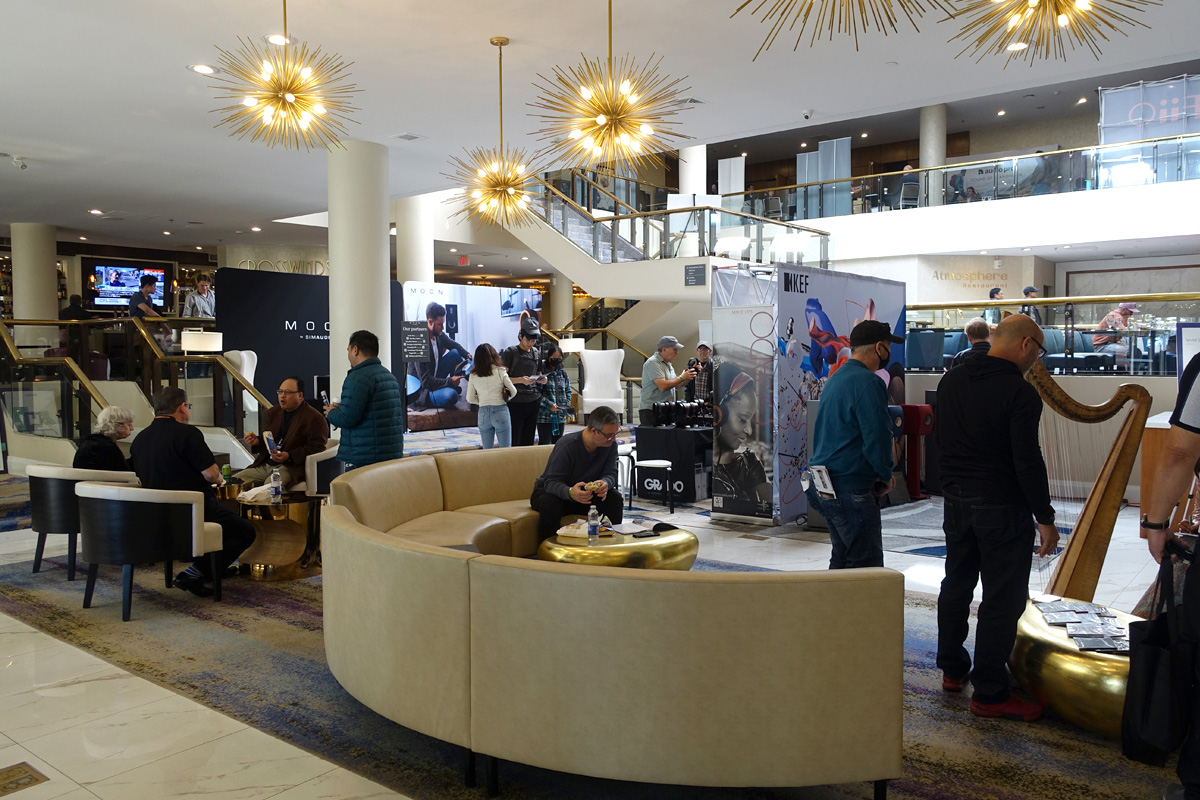
Toronto Audiofest 2022, Simplifi’d
- Written by: Gordon Brockhouse
How would you rather spend a glorious Canadian autumn weekend? Walking in the park? Taking a drive in the country? Raking the leaves? Or roaming the halls of a generic suburban hotel?
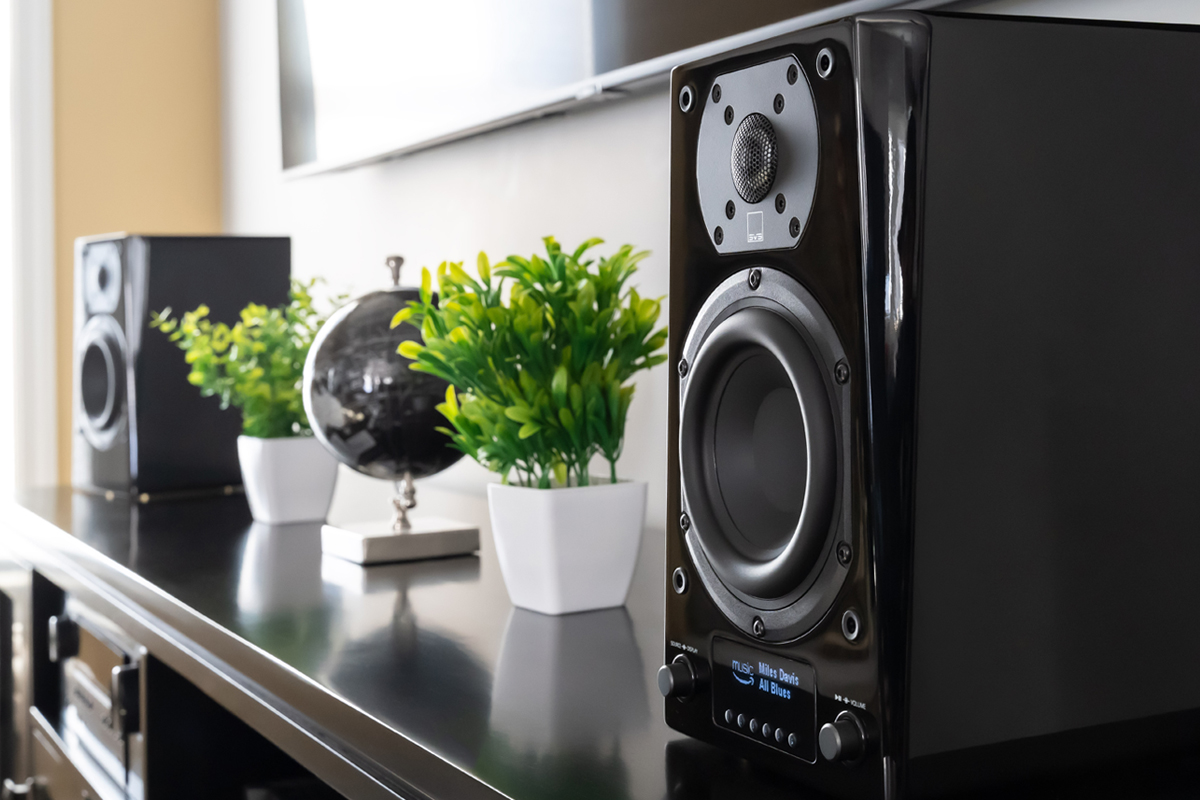
SVS Prime Wireless Pro Active Loudspeaker System
- Written by: Gordon Brockhouse
 Quite often, when a manufacturer updates a popular product, the new model offers only incremental improvements over the one it replaces. But sometimes, the new product represents a major upgrade over the original; and that is the case with SVS’s Prime Wireless Pro active loudspeaker system ($899.99, all prices in USD). The Prime Wireless Pro costs 50% more than the company’s Prime Wireless active speaker system (discontinued, $599.99 when available), but it contains a host of improvements.
Quite often, when a manufacturer updates a popular product, the new model offers only incremental improvements over the one it replaces. But sometimes, the new product represents a major upgrade over the original; and that is the case with SVS’s Prime Wireless Pro active loudspeaker system ($899.99, all prices in USD). The Prime Wireless Pro costs 50% more than the company’s Prime Wireless active speaker system (discontinued, $599.99 when available), but it contains a host of improvements.
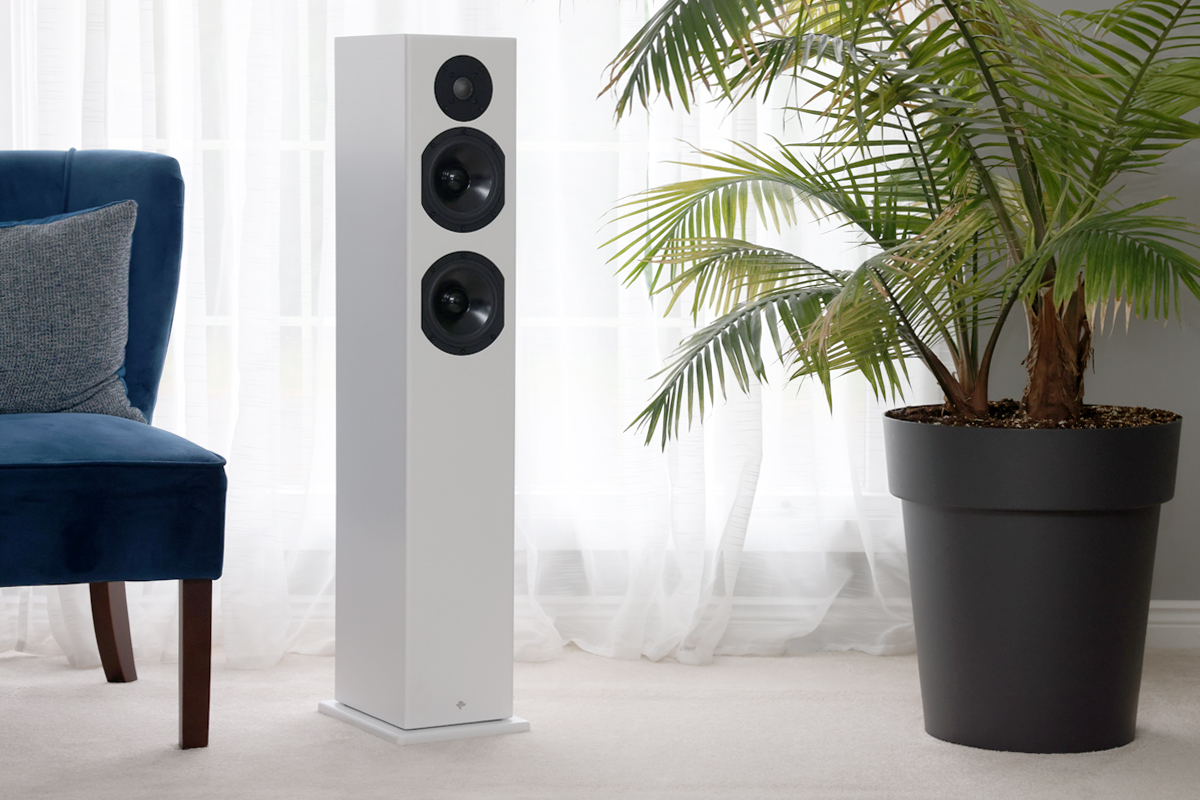
Totem Acoustic Kin Play Tower Powered Loudspeaker System
- Written by: Gordon Brockhouse
This year, Canada’s Totem Acoustic celebrates its 35th anniversary. Since its founding in 1987, Totem has released an impressive range of passive loudspeakers, including standmount and floorstanding models, soundbars, on-wall speakers, and in-wall and in-ceiling speakers aimed at the custom integration channel.
Read more: Totem Acoustic Kin Play Tower Powered Loudspeaker System
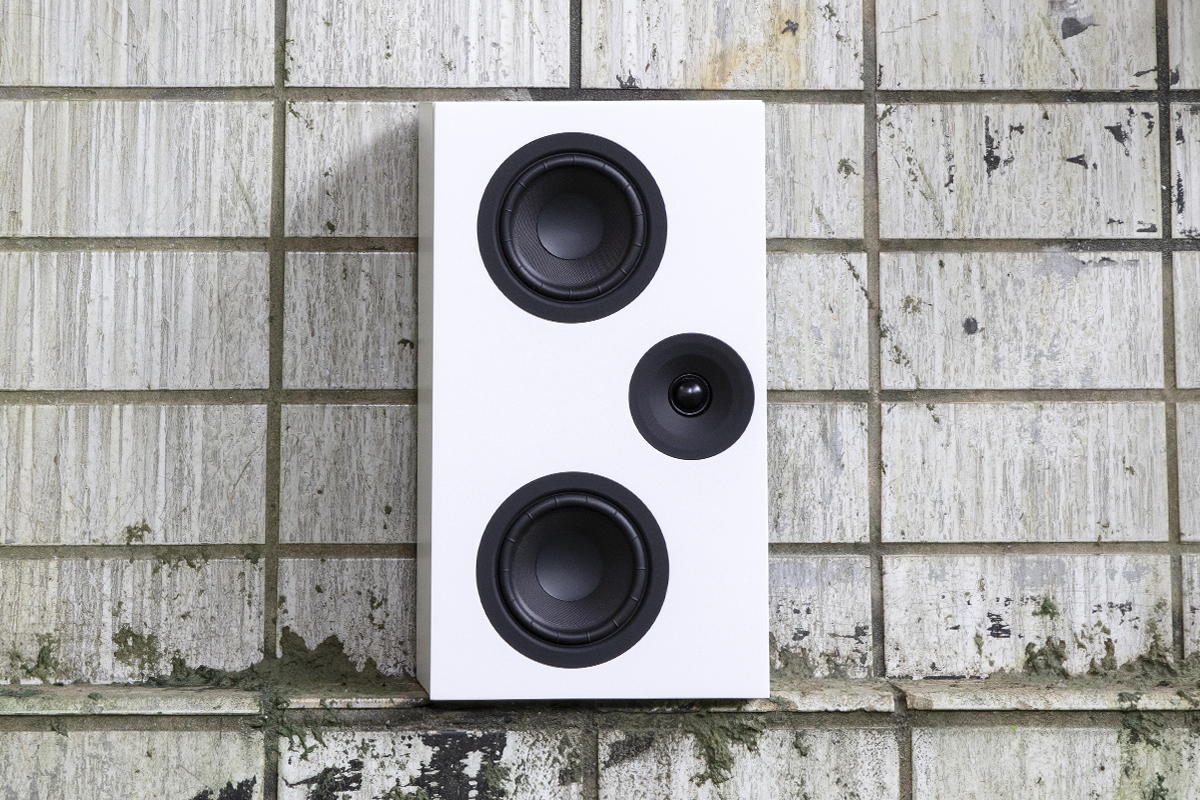
System Audio Legend 7.2 Silverback Active On-Wall Speaker and Stereo Hub
- Written by: Gordon Brockhouse
Life gets in the way of a lot of things, and sometimes it gets in the way of hi-fi. Audiophiles who have dedicated listening rooms are lucky in this respect; audiophiles who must set up their sound systems in multipurpose spaces can find their hobby conflicts with other activities that go on in those rooms. The speaker locations that might deliver the best tonal balance and soundstaging might be occupied by an armchair or end table. Freestanding speakers might present a tipping hazard for households with rambunctious toddlers or pets.
Read more: System Audio Legend 7.2 Silverback Active On-Wall Speaker and Stereo Hub
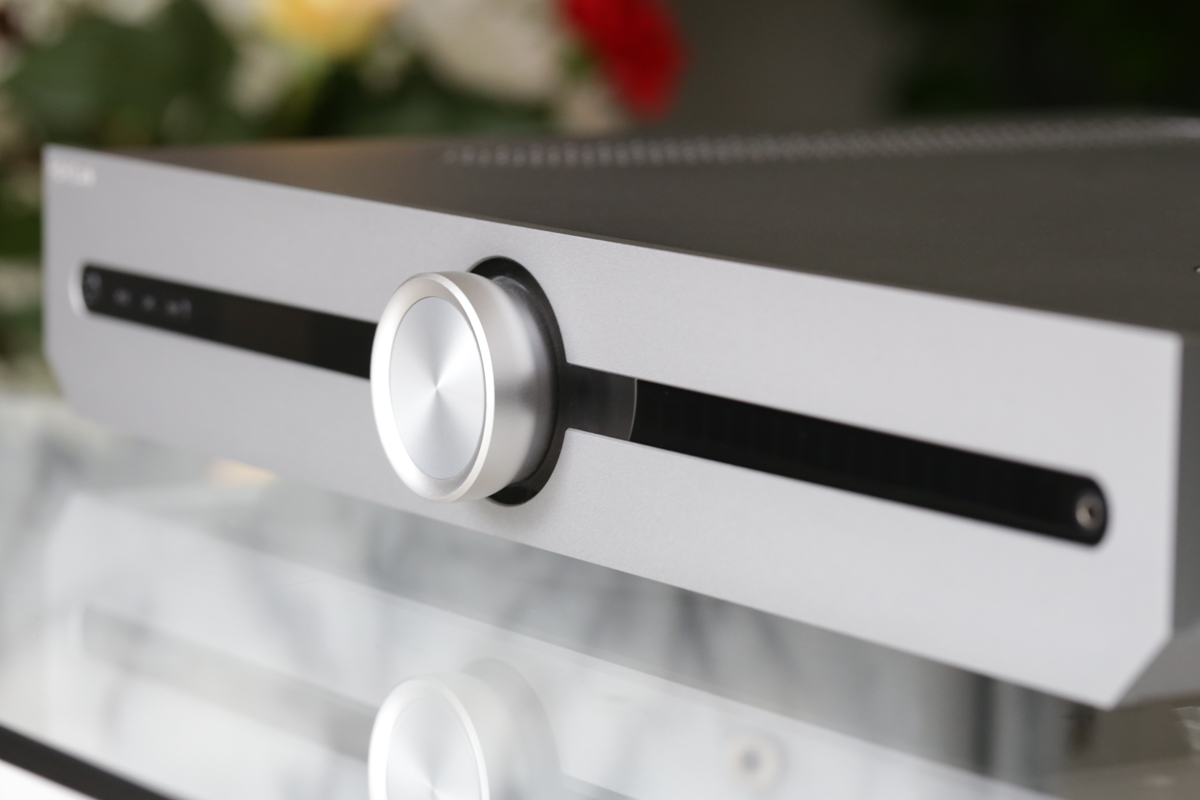
Roksan Attessa Streaming Integrated Amplifier
- Written by: Vince Hanada
Note: for the full suite of measurements from the SoundStage! Audio-Electronics Lab, click this link.
It’s almost ten years since Lenbrook Industries launched its Bluesound range of multiroom audio components. At the heart of those products is the BluOS software platform, developed in-house by the Canadian company. Lenbrook, which also owns the NAD and PSB brands, later added BluOS streaming capability to several NAD components. More recently, Lenbrook has licensed BluOS technology to several third-party brands, including Cyrus Audio, DALI, Peachtree Audio, Monitor Audio, and Roksan.
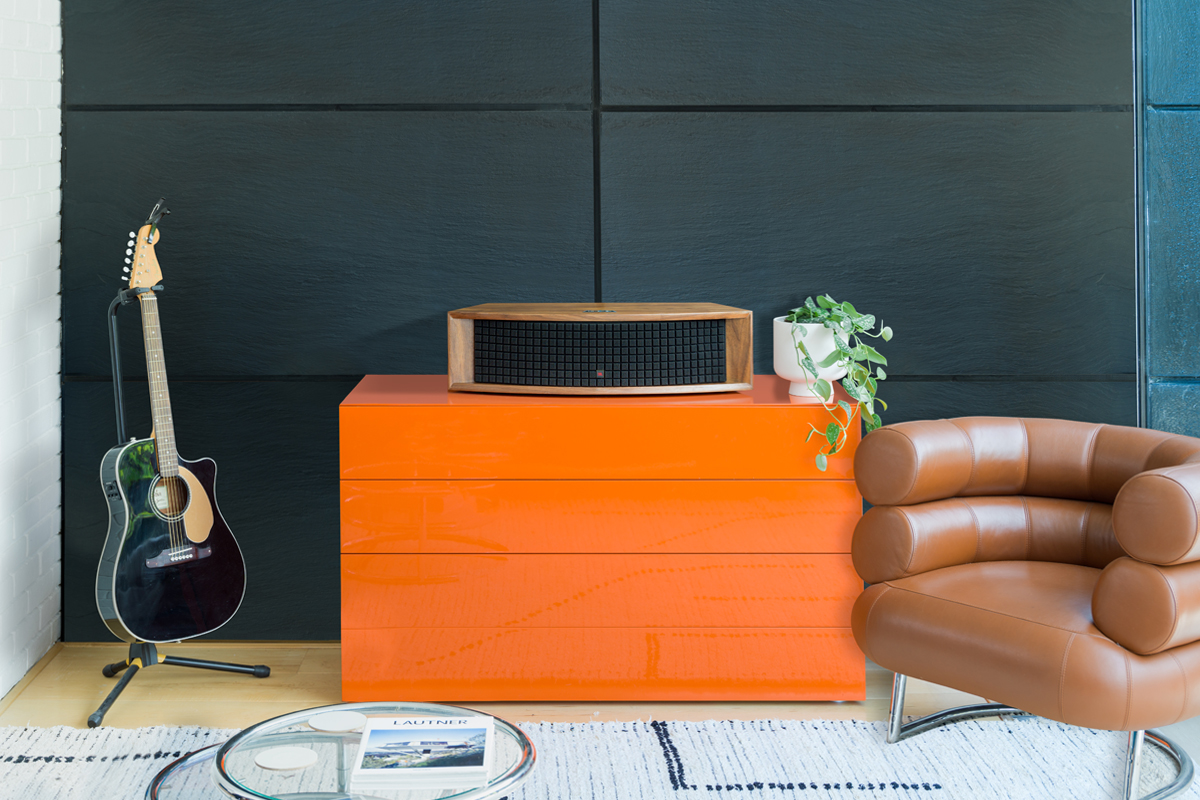
JBL L75ms Integrated Music System
- Written by: Gordon Brockhouse
 Nostalgia is huge in hi-fi right now. Just look at all those retro-styled speakers from brands like JBL, KLH, Klipsch, Mission, PSB, and Wharfedale. JBL, for instance, offers standmount speakers that evoke the legendary L100, which made its debut in 1970. Like the original L100, the L52 Classic ($1000/pair, all prices in USD unless noted otherwise), L82 Classic ($2750/pair), and L100 Classic ($4400/pair) all feature walnut veneer enclosures and JBL’s iconic Quadrex foam grilles.
Nostalgia is huge in hi-fi right now. Just look at all those retro-styled speakers from brands like JBL, KLH, Klipsch, Mission, PSB, and Wharfedale. JBL, for instance, offers standmount speakers that evoke the legendary L100, which made its debut in 1970. Like the original L100, the L52 Classic ($1000/pair, all prices in USD unless noted otherwise), L82 Classic ($2750/pair), and L100 Classic ($4400/pair) all feature walnut veneer enclosures and JBL’s iconic Quadrex foam grilles.
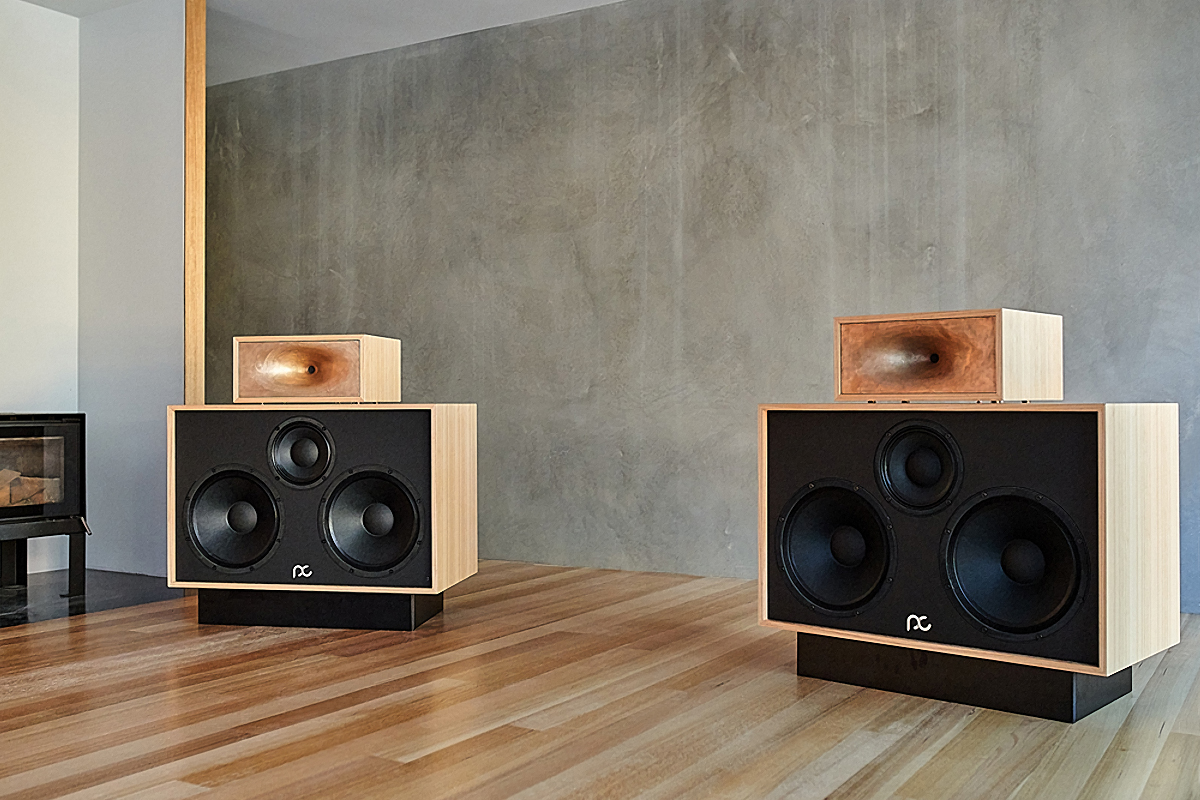
The Great Debate: Is Component Hi-Fi Dead?
- Written by: Gordon Brockhouse
Lately, I’ve been enjoying the SoundStage! Audiophile Podcast, which is hosted by Brent Butterworth, senior editor of SoundStage! Solo, and Dennis Burger, senior editor of SoundStage! Access. Brent and Dennis tackle a wide range of topics and do a ton of preparation for each episode. The production is polished, the discussions are well-informed and thought-provoking, and the presentation is casual and inviting.
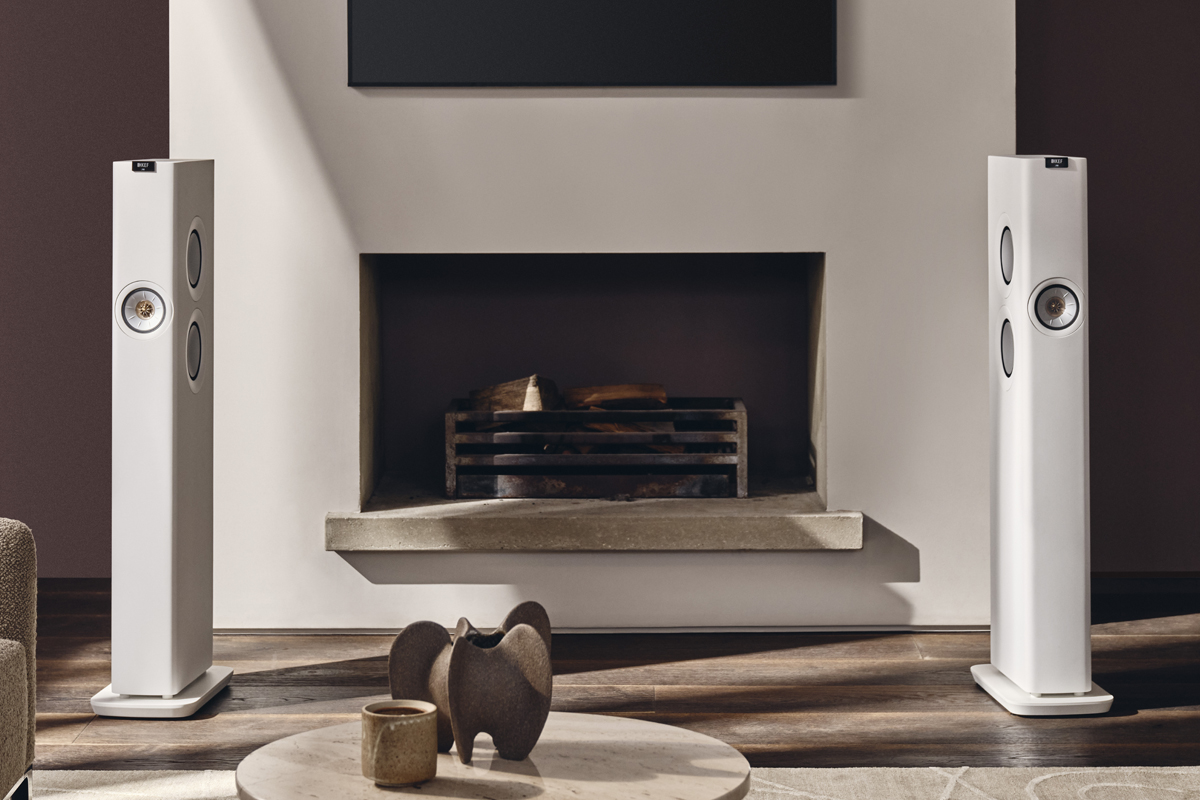
KEF LS60 Wireless Active Speaker System
- Written by: Gordon Brockhouse
 In 2012, to celebrate its 50th anniversary, KEF introduced the LS50 two-way minimonitor ($1499.99/pair at launch, all prices in USD), which went on to become one of the landmark audio products of the 2010s. When he reviewed the LS50 on SoundStage! Hi-Fi in 2013, Doug Schneider concluded: “The LS50 is nothing short of a masterpiece of a minimonitor, priced so that anyone serious about audio can buy a pair.” The LS50 later won a 2013 SoundStage! Network Product of the Year award. Four years later, KEF launched an active speaker employing the same Uni-Q driver array as its passive cousin. The LS50 Wireless ($2499.99/system at launch) was named a SoundStage! Network Product of the Year for 2017.
In 2012, to celebrate its 50th anniversary, KEF introduced the LS50 two-way minimonitor ($1499.99/pair at launch, all prices in USD), which went on to become one of the landmark audio products of the 2010s. When he reviewed the LS50 on SoundStage! Hi-Fi in 2013, Doug Schneider concluded: “The LS50 is nothing short of a masterpiece of a minimonitor, priced so that anyone serious about audio can buy a pair.” The LS50 later won a 2013 SoundStage! Network Product of the Year award. Four years later, KEF launched an active speaker employing the same Uni-Q driver array as its passive cousin. The LS50 Wireless ($2499.99/system at launch) was named a SoundStage! Network Product of the Year for 2017.
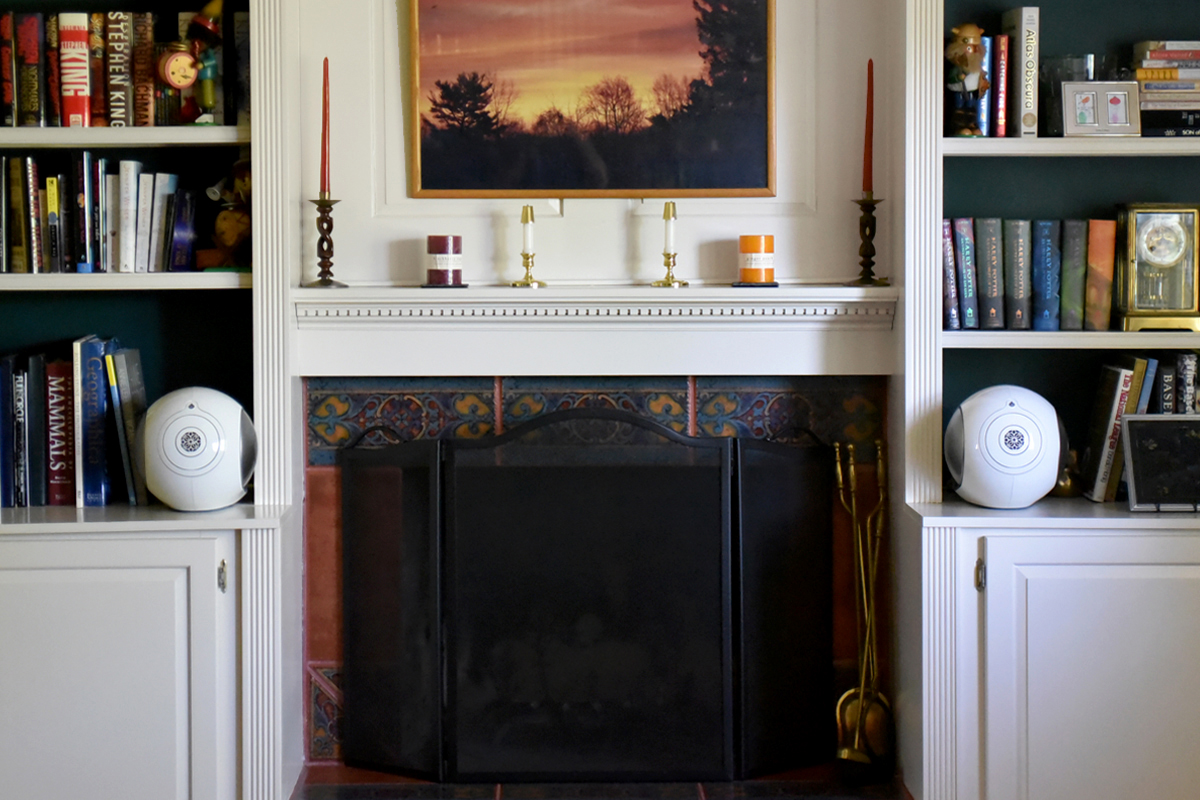
Evolving Hi-Fi: My Journey with a Fleet of Devialet Silver Phantoms
- Written by: Kurt Wetzel
I never wanted to purchase new speakers. I never wanted to go digital. It all happened by accident.
Read more: Evolving Hi-Fi: My Journey with a Fleet of Devialet Silver Phantoms
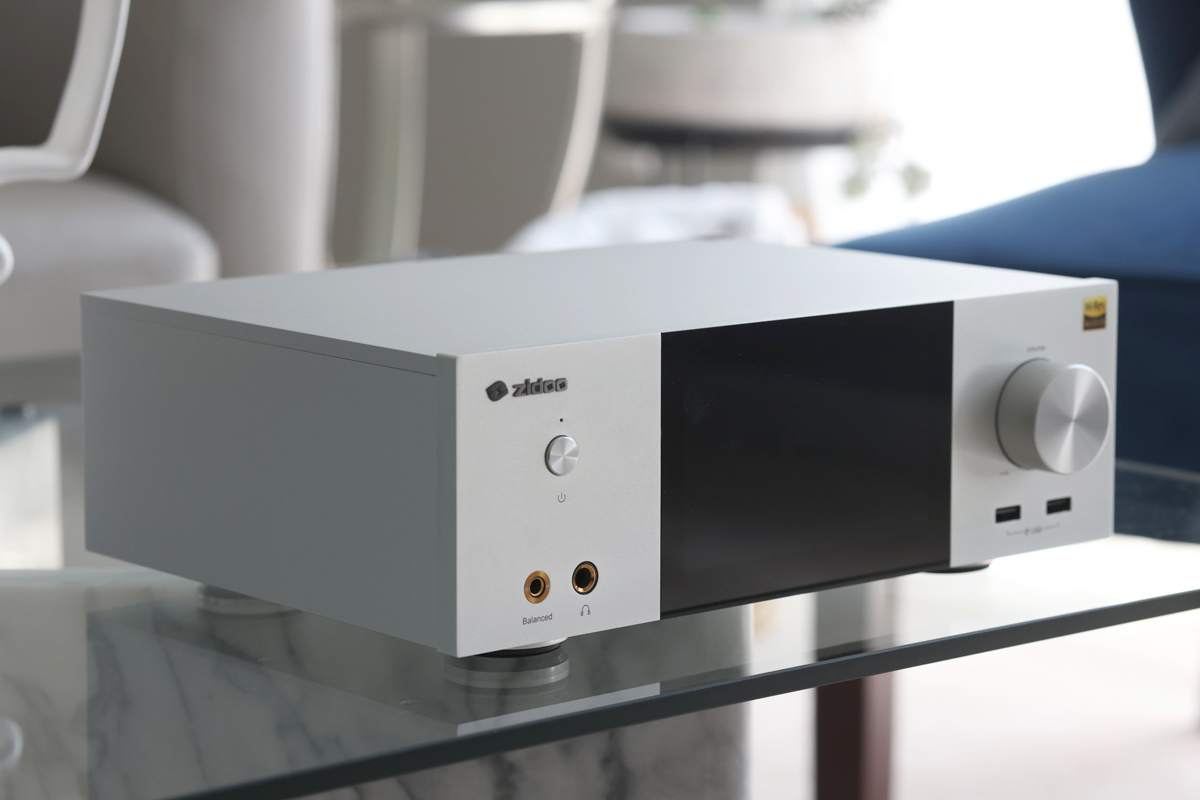
Zidoo Neo S 4K UHD Media Player
- Written by: Gordon Brockhouse
Note: for the full suite of measurements from the SoundStage! Audio-Electronics Lab, click this link.
With network entertainment now solidly in the mainstream, we’re seeing more and more products that depart from the traditional source-amp-speaker paradigm. We’ve reviewed scores of such products on Simplifi: active speaker systems with built-in network streamers such as KEF’s LS50 Wireless II and Bang & Olufsen’s Beolab 28, streaming DAC-preamps such as NAD’s C 658 and Bryston’s BR-20, and streaming integrated amplifiers such as Bluesound’s Powernode and Naim Audio’s Uniti Atom.
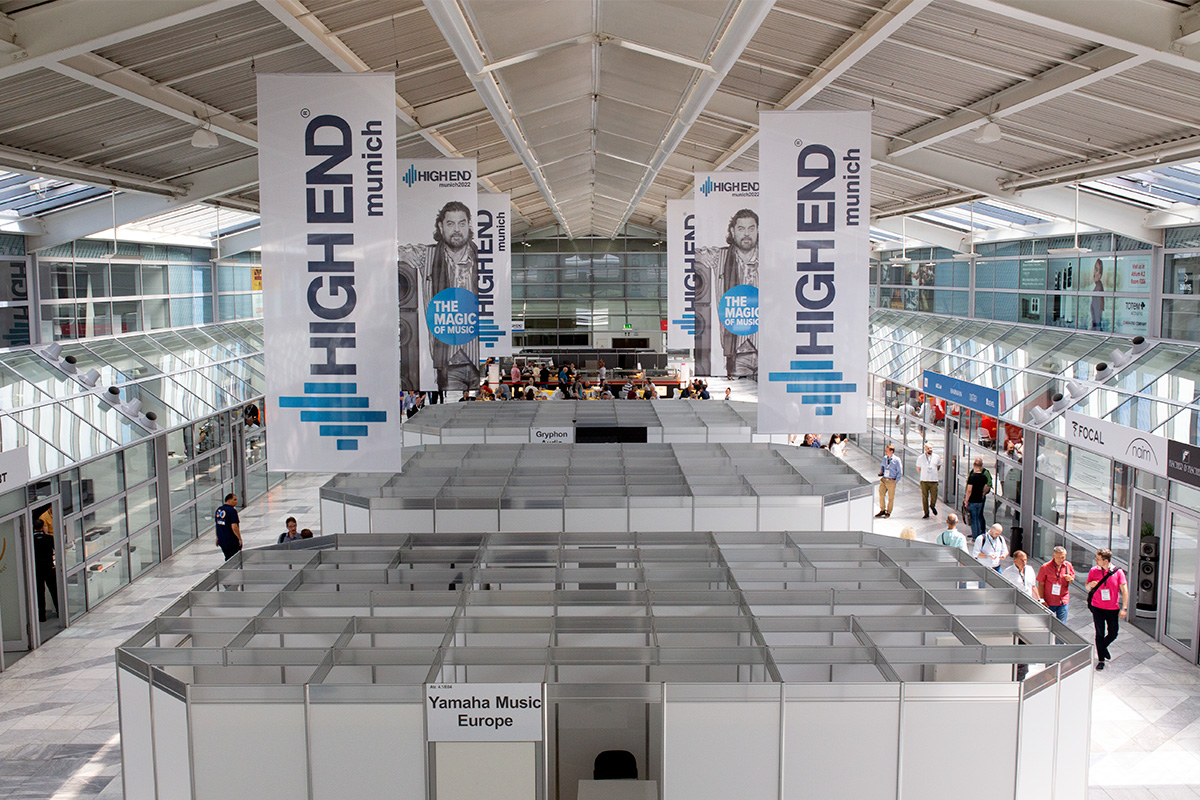
Simplifi'd Hi-Fi at Munich High End–and Elsewhere
- Written by: Gordon Brockhouse
The greatest audio show on earth is back. After a two-year, pandemic-induced hiatus, the 2022 Munich High End show took place from May 19 to 22. The SoundStage! Network sent a four-person editorial team to Bavaria: founder and publisher Doug Schneider; editor-in-chief Jeff Fritz; Edward Kramer, editor of SoundStage! Australia; and Jonathan Gorse, a UK-based contributor to SoundStage! Ultra. Together, they filed 18 dispatches from Munich, which you can find on SoundStage! Global.
Read more: Simplifi'd Hi-Fi at Munich High End–and Elsewhere
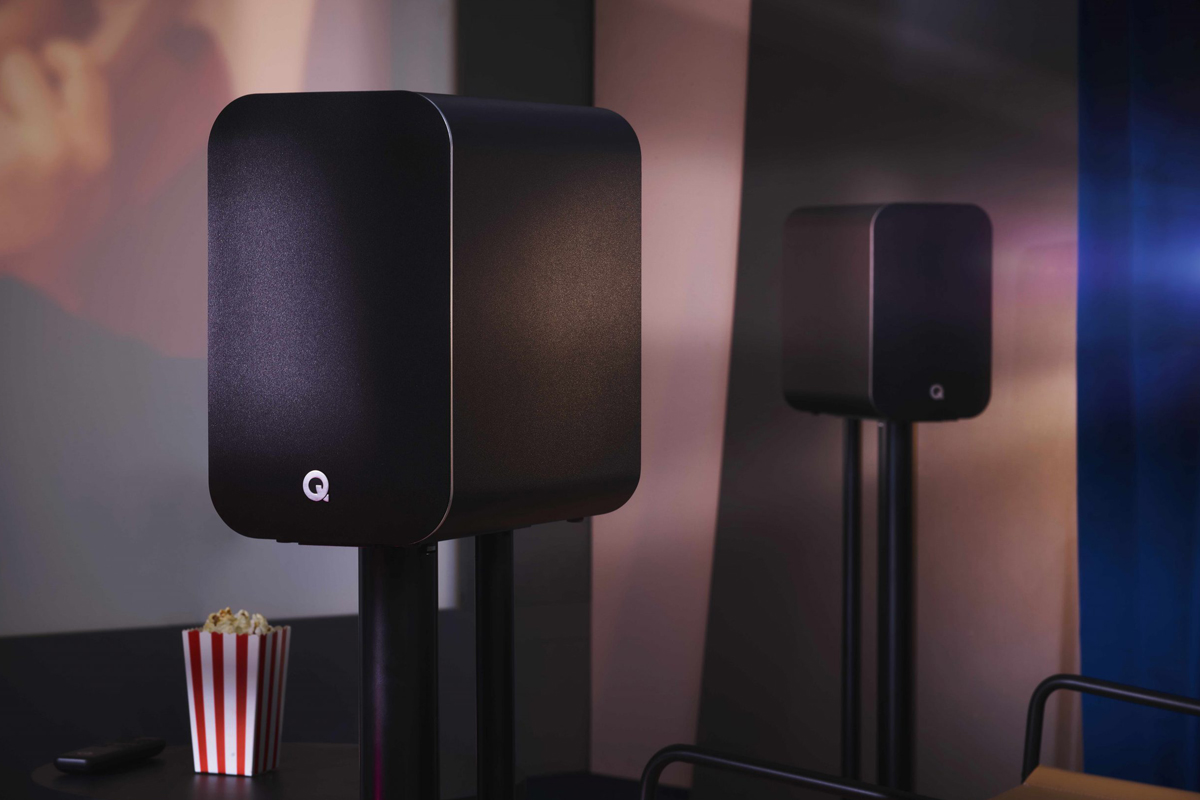
Q Acoustics M20 HD Powered Wireless Music System
- Written by: Kurt Wetzel
Q Acoustics, founded in the UK in 2006, produces loudspeakers that range from the inexpensive 3010i compact bookshelf model ($299 per pair, all prices in USD) to the Concept 500 floorstander ($6499/pair), with a plethora of choices in between. These include a myriad of home-theater options, including several subwoofers and an active soundbar.
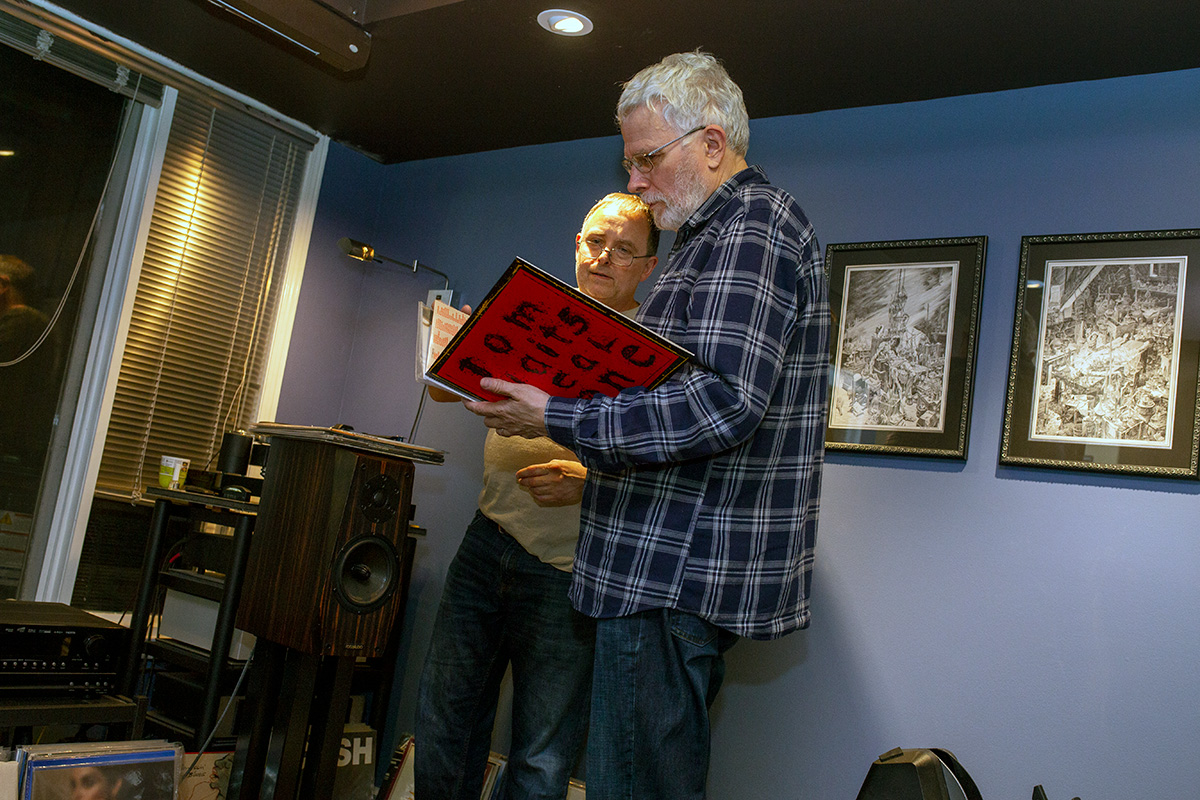
How We Listen
- Written by: Gordon Brockhouse
When it comes to consuming music, you can split the SoundStage! team into a few broad categories: those who are big into physical media, those who have fully embraced streaming, those who rely on downloaded and ripped music, and those with feet in all these camps.
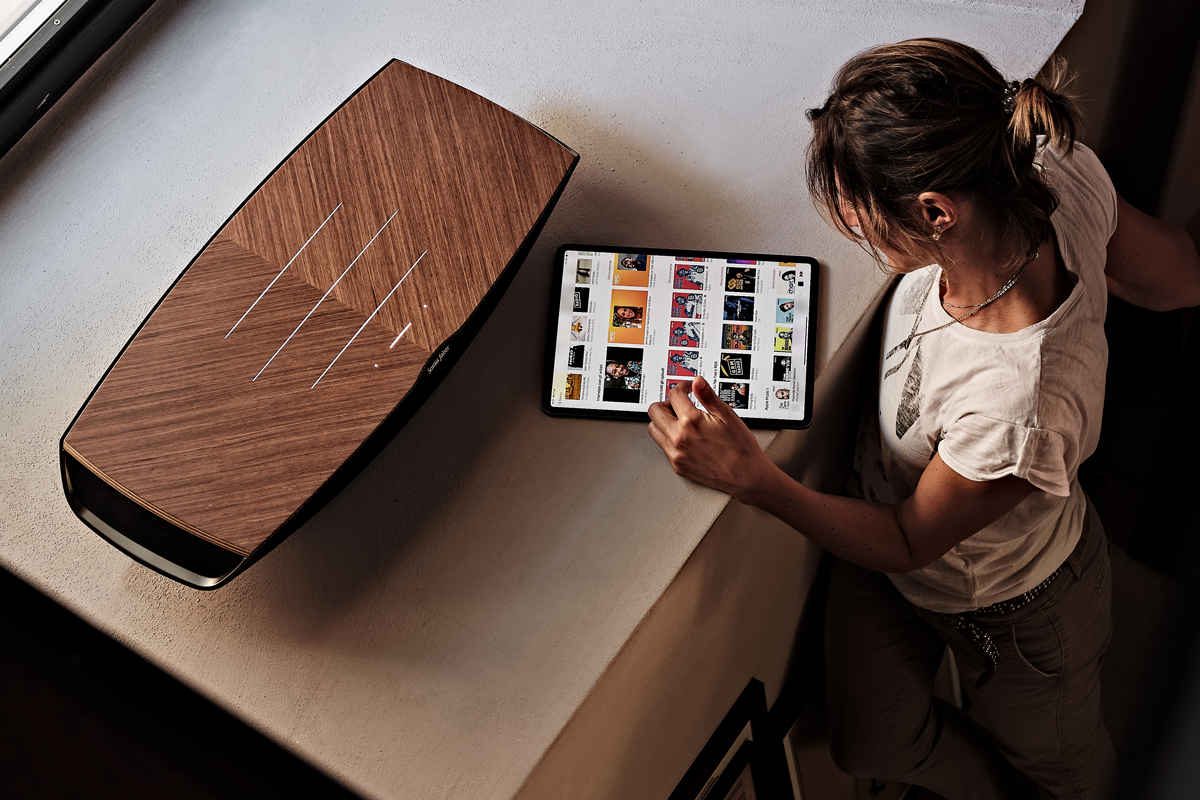
Sonus Faber Omnia Wireless Music System
- Written by: Gordon Brockhouse
The Italian brand Sonus Faber is known for beautifully crafted passive loudspeakers that use luxurious materials, including exotic wood finishes and front baffles with leather inserts. Earlier this year, Sonus Faber announced its Omnia Wireless Music System ($1999, all prices in USD unless noted otherwise). With flowing lines, five-layer veneered walnut top panel, sculpted base, and textured fabric grilles, the Omnia shares the design aesthetic of Sonus Faber’s passive speakers.
- Wayback Playback
- Bowers & Wilkins Zeppelin Wireless Speaker
- NAD Masters M10 V2 Streaming Integrated Amplifier
- Listen While You Work
- Mission LX Connect Wireless Active Speakers and Hub
- The State of Streaming—2022
- Linn Series 3 Active Loudspeakers
- Bang & Olufsen Beolab 28 Active Loudspeakers
- Why "Simplifi"—Five Years Later
- KEF KC62 Powered Subwoofer
- The Evolution of BluOS: An Interview with Lenbrook's Andrew Haines
- NAD C 700 Streaming Integrated Amplifier
- iFi Audio Zen Stream Wi-Fi Streamer
- Dolby Atmos Music in Your Home
- System Audio Legend 40.2 Silverback Active Loudspeakers and Stereo Hub WiSA Transmitter
- The Big Switch
- Bluesound Node Streaming DAC-Preamplifier
- I'm Only in It for the Money
- Acoustic Energy AE1 Active Loudspeakers
- Q Acoustics Q Active 200 Active Loudspeakers
- Encore! Encore! An Interview with Patricia Barber, Jim Anderson, and Ulrike Schwarz
- Bluesound Powernode Multiroom Streaming Integrated Amplifier
- Edifier Airpulse A300Pro Active Loudspeakers
- KEF LS50 Wireless II Active Loudspeakers
- The New Apple Music
- Bryston BR-20 Streaming Preamplifier-DAC
- HEDD Type 05 MK2 Active Speakers and Bass 08 Subwoofer
- Moving Forward with Formation: An Interview with Andy Kerr of Bowers & Wilkins
- Glory Days
- SVS 3000 Micro Subwoofer
- Sony SA-Z1 Active Nearfield Loudspeakers
- Heavenly Soundworks FIVE17 Active Loudspeakers
- Spotify Goes Lossless
- In Defense of Streaming
- Marantz SACD 30n SACD/CD Player and Streaming DAC-Preamp
- DALI Oberon 1 C Active Loudspeakers and Sound Hub Wireless Transmitter
- PSB Alpha AM3 Powered Loudspeakers
- Tinkering Simplifi'd
- iFi Audio Neo iDSD DAC-Preamp-Headphone Amplifier
- Bluesound Pulse Sub+ Wireless Subwoofer
- Simplifi Defined
- Going Deep with Artison
- PSB Alpha AM5 Powered Loudspeakers
- A Simplifi Yearbook
- SVS Prime Wireless SoundBase Streaming Integrated Amplifier
- Focal Solo6 Be Active Loudspeakers
- A Perfect Pair
- Buchardt Audio A500 Active Loudspeakers and Stereo Hub WiSA Transmitter
- Klipsch The Fives Active Loudspeakers
- The Critical Component
- Has the Time Come for Surround Music?
- Triangle Elara LN01A Powered Loudspeakers
- Volumio Primo Community Edition and Hi-Fi Edition Streaming DACs
- System Audio Legend 5 Silverback Active Loudspeakers and Stereo Hub WiSA Transmitter
- My Top Ten Products of the Last Two Years
- Andover Audio Model-One Turntable Music System
- Elac Alchemy DDP-2 Streaming DAC-Preamp
- Turning Pro
- Focal Shape 65 Analog Active Loudspeakers
- All About That Bass
- HEDD Type 07 Analog Active Loudspeakers
- exaSound Audio Design Delta Music Server M100
- Bryston BDA-3.14 Streaming DAC-Preamplifier
- Gently Down the Stream
- Big Events
- iFi Audio Pro iDSD Streaming DAC-Preamp-Headphone Amplifier
- Sennheiser Ambeo Soundbar
- DALI Rubicon 6 C Hybrid Active Loudspeakers
- Rules of the Game
- Pro-Ject Audio Systems Pre Box RS2 Digital DAC-Preamp-Headphone Amp
- Klipsch RW-51M Wireless Powered Loudspeakers
- The Name Game
- iFi Audio Aurora Wireless Music System
- Naim Audio Mu-so Qb 2nd Generation Wireless Music System
- January 1, 2020: The State of Streaming
- Cambridge Audio CXA81 Integrated Amplifier-DAC
- Warsaw’s Audio Video Show 2019, Simplifi’d
- Hegel Music Systems H120 Integrated Amplifier-DAC
- DALI Katch One Soundbar
- NAD Classic C 658 BluOS Streaming DAC
- Toronto Audiofest 2019, Simplifi'd
- Kanto Audio Tuk Powered Loudspeakers
- Hi-Rez à-Go-Go
- Lumin T2 Network Music Player
- Naim Audio ND5 XS 2 Network Music Player
- Elac Navis ARF-51 Active Loudspeakers
- Streaming the Classics
- Devialet Phantom Reactor 900 Active Loudspeakers
- Play Nice Together -- An Interview with Rob Darling of Roon Labs
- PMC result6 Active Loudspeakers
- Bowers & Wilkins Formation Duo Active Loudspeakers
- Active Voices, Part Three: KEF's Jack Oclee-Brown
- Naim Audio Mu-so 2nd Generation Wireless Music System
- McIntosh Laboratory MTI100 Integrated Turntable
- High End 2019, Simplifi'd
- Yamaha WXA-50 MusicCast Streaming Amplifier
- NAD Masters M10 BluOS Streaming Integrated Amplifier
- Active Voices, Part Two: Axiom Audio's Andrew Welker
- Primare SC15 Prisma Streaming DAC-Preamp
- Montréal Audio Fest Simplifi'd
- Naim Uniti Core CD Ripper/Music Server
- Elac Navis ARB-51 Active Loudspeakers
- Active Voices, Part One: Elac's Andrew Jones
- Bluesound Pulse 2i Wireless Speaker
- SVS Prime Wireless Active Speakers
- Let's Keep it Simple
- Totem Acoustic Kin Play Powered Speakers
- A Roon of One's Own
- KEF LSX Active Loudspeakers
- Bluesound Vault 2i CD Ripper-Server-Streamer
- Pro-Ject Audio Systems Stream Box S2 Ultra Music Streamer
- How I Simplifi'd My Wi-Fi
- Kii Audio Three DSP-Controlled Active Loudspeakers
- Aurender S5W Battery-Powered Wireless Active Loudspeakers
- Are Downloads Dead?
- Cambridge Audio Yoyo (L) Wireless Speaker
- Hi-Rez Streaming: Tidal vs. Qobuz
- DALI Callisto 2 C Active Speaker System
- Toronto Audiofest 2018 Simplifi'd
- Kanto SYD Bluetooth Speaker
- LG G7 ThinQ Smartphone
- How I Simplifi'd My Hi-Fi
- Pro-Ject Audio Systems Juke Box E Turntable-Integrated Amplifier
- Time to Celebrate: Five Years of Google Chromecast
- NAD D 3020 V2 Bluetooth Integrated Amplifier-DAC
- How Good Can Voice Recognition Get?
- Polk Assist Wi-Fi Smart Speaker
- Are Smart Speakers Any Good for Audiophiles?
- MartinLogan Unison Wireless Preamplifier
- High End 2018, Simplifi'd
- Dynaudio Music 7 Wi-Fi Speaker
- Musical Fidelity M6 Encore 225 Music System
- Cocktail Audio X35 Music System
- Is the Smart Speaker a Dumb Idea?
- Peachtree Audio decco125 Sky Integrated Amplifier-DAC
- Technics Ottava f SC-C70 Music System
- What's Up with Apple AirPlay 2?
- JBL Link 500 Wi-Fi Speaker
- The Spotify Dilemma
- Trinnov Amethyst DAC-Preamplifier-Processor
- Control4 Triad One Streaming Amplifier
- Elac Discovery Z3 Wi-Fi Speaker
- CES 2018, Simplifi’d
- Klipsch Heritage Wireless Three Wi-Fi Speaker
- Farewell, CES
- Paradigm PW 300 Wi-Fi Loudspeakers
- Thiel Audio Aurora Home Wi-Fi Speaker
- Room Tunes
- Hegel Music Systems H190 DAC-Integrated Amplifier
- Social Streaming
- Yamaha R-N803 Network Stereo Receiver
- Onkyo TX-8270 Network Stereo Receiver
- CEDIA 2017, Simplifi’d
- Dynaudio Focus 20 XD Active Loudspeakers
- Riva Audio Festival Wi-Fi Speaker
- Naim Audio Uniti Atom Wireless Streaming DAC-Integrated Amplifier
- Classical Prime Time
- NAD Masters Series M50.2 Digital Music Player
- Bryston BryFi BW-1 Wi-Fi Speaker
- The Röst Reconsidered
- Arcam rPlay Music Streamer
- Auralic Polaris Wireless Streaming DAC-Integrated Amplifier
- High End 2017, Simplifi'd
- Simaudio Moon Neo ACE DAC-Streamer-Integrated Amplifier
- Vinyl: There's an App for That
- Metadata: Life with Roon
- NAD C 368 DAC-Integrated Amplifier
- The Internet and Audio: The Good, the Bad, and the Impossible
- Lumin M1 Integrated Amplifier-Network Music Player
- Arcam Solo Music DAC-Integrated Amplifier-Universal Player
- McIntosh Laboratory RS100 Wi-Fi Loudspeakers
- The State of Streaming
- Hegel Music Systems Röst Integrated Amplifier
- CES 2017, Simplifi'd
- Naim Audio Mu-so Qb Wi-Fi Speaker
- Why "Simplifi"
- Bang & Olufsen BeoSound 2 Wi-Fi Speaker
Page 3 of 9
SoundStage! Simplifi is part of
All contents available on this website are copyrighted by SoundStage!® and Schneider Publishing Inc., unless otherwise noted. All rights reserved.
This site was designed by RocketTheme, Karen Fanas, and The SoundStage! Network.
To contact us, please e-mail info@soundstagenetwork.com





